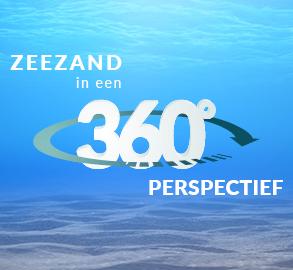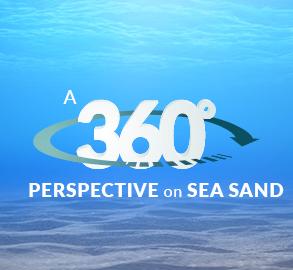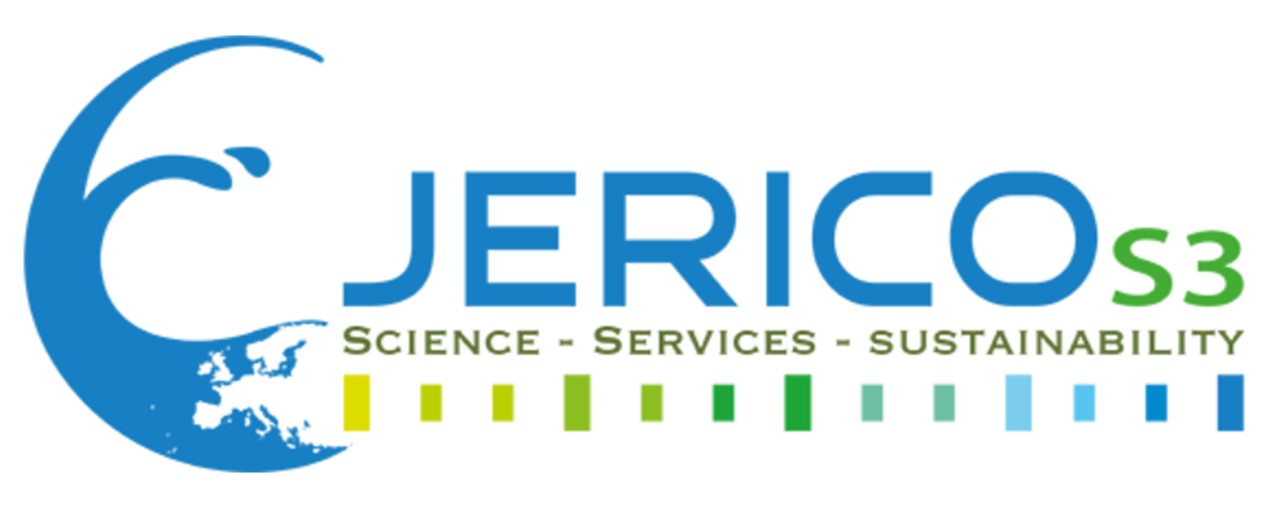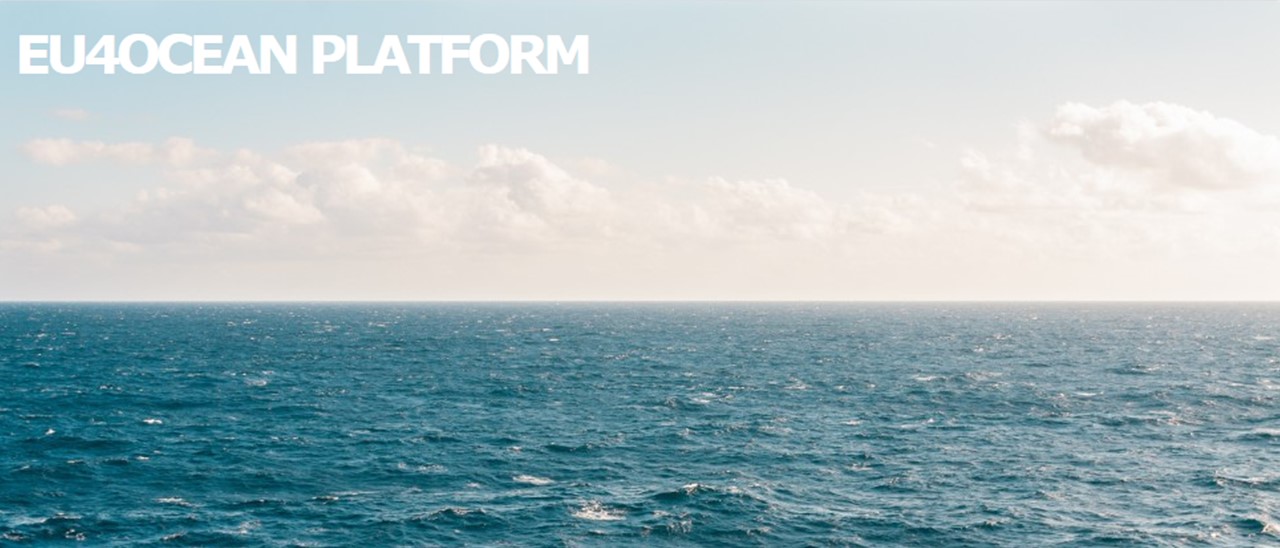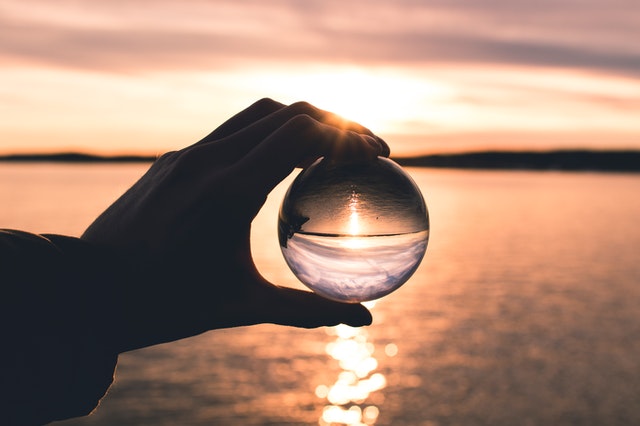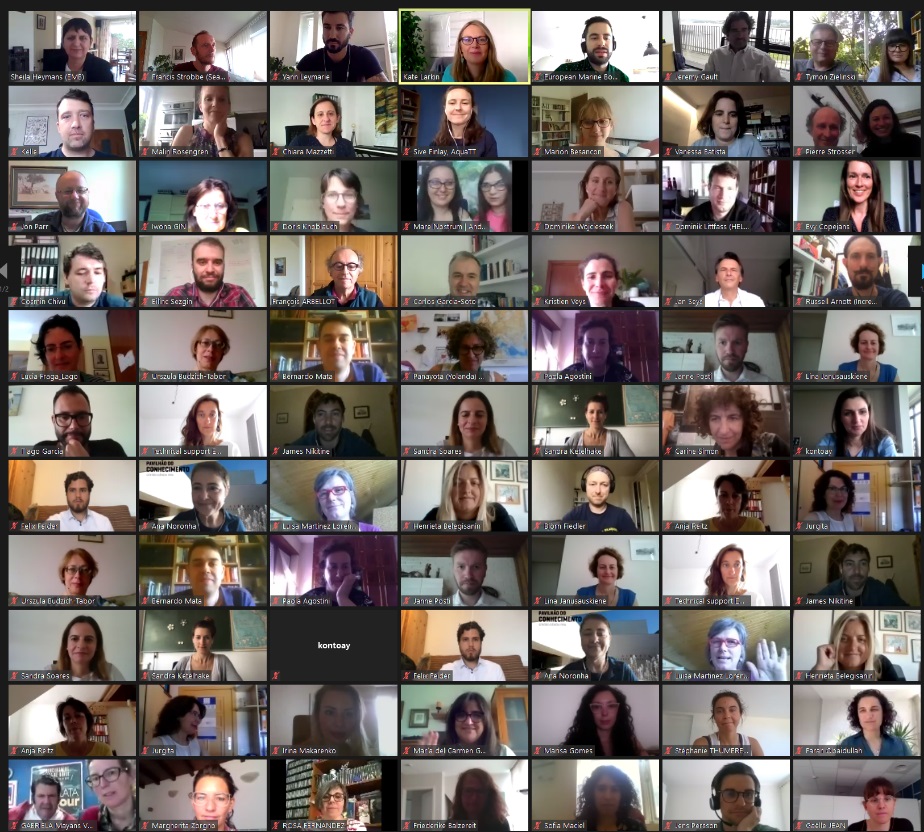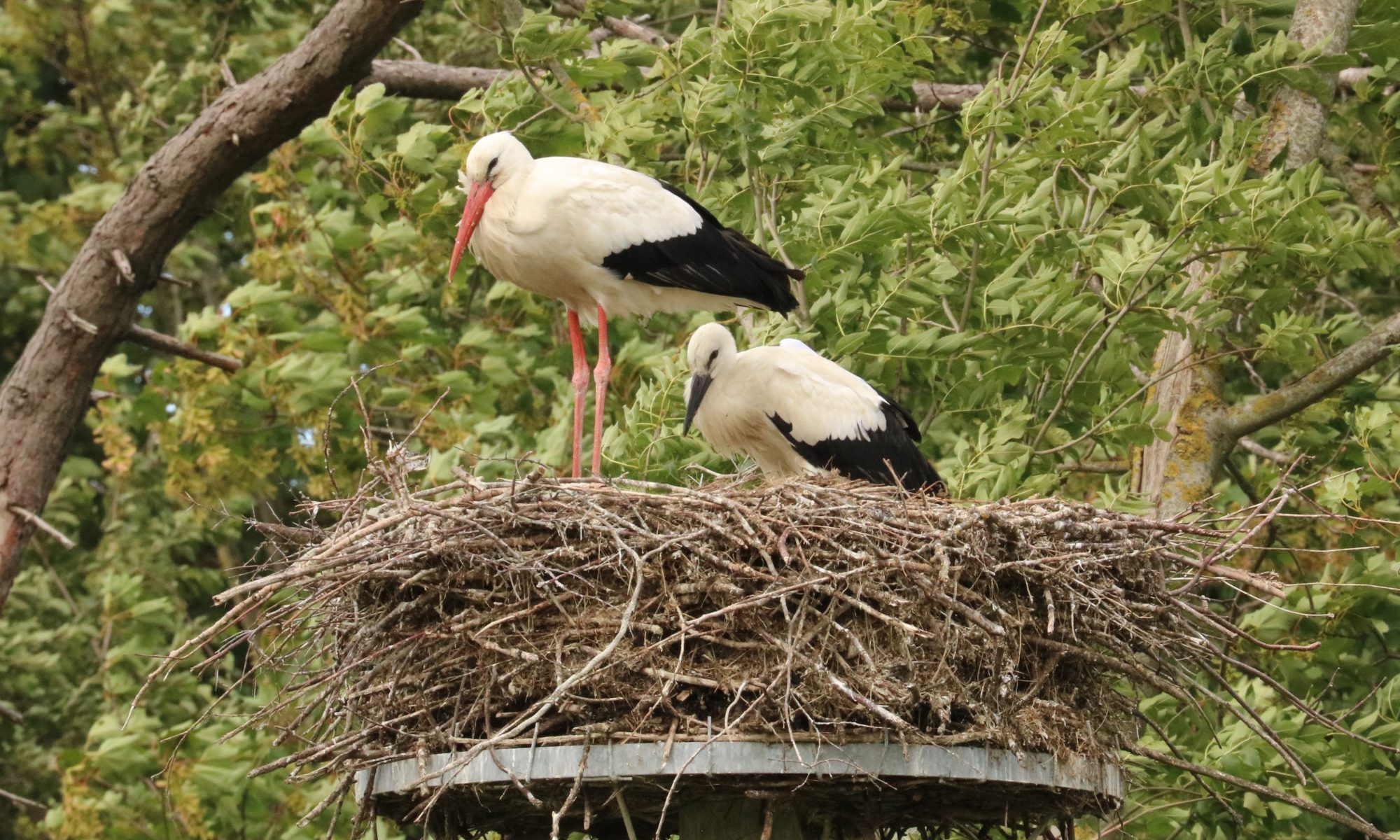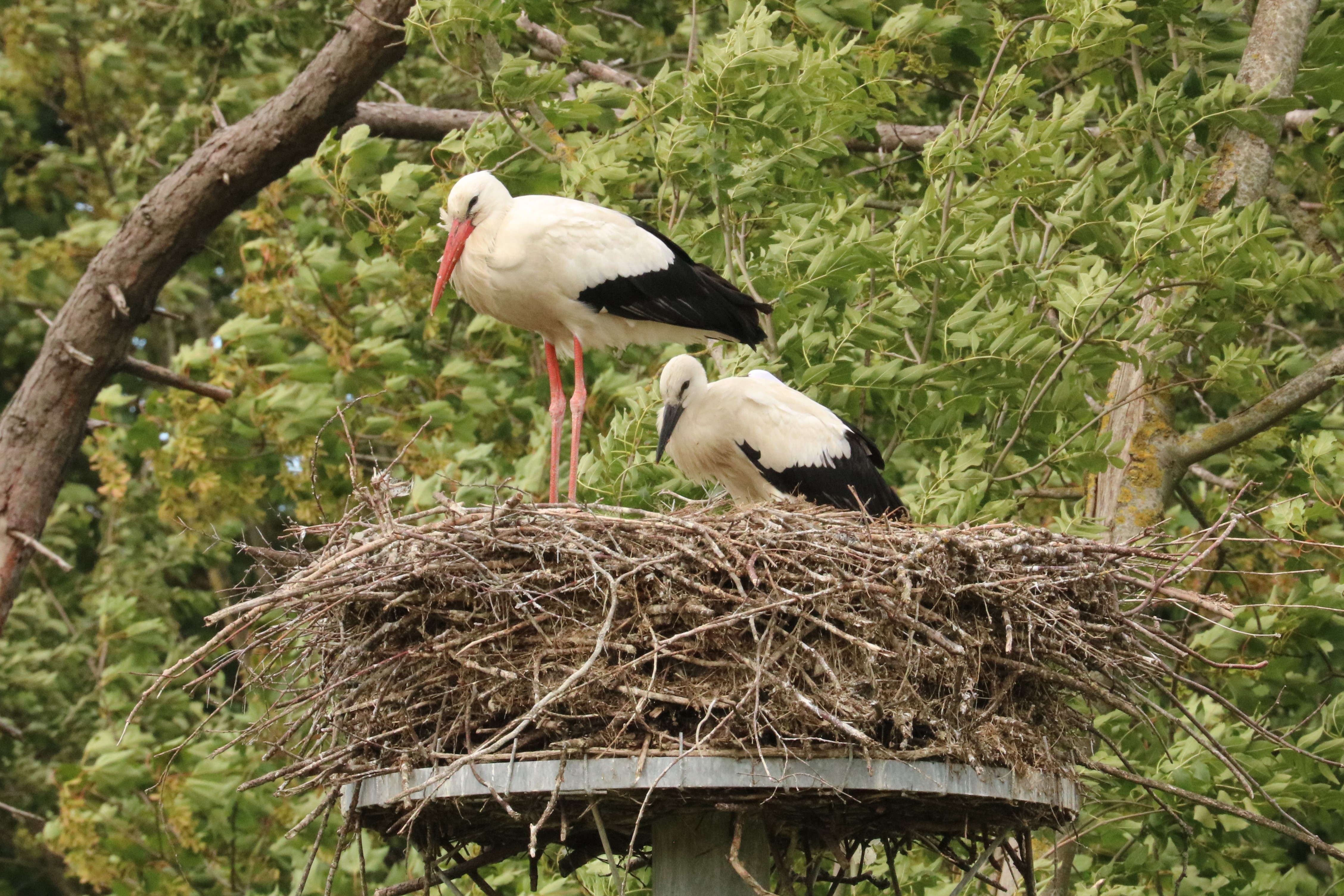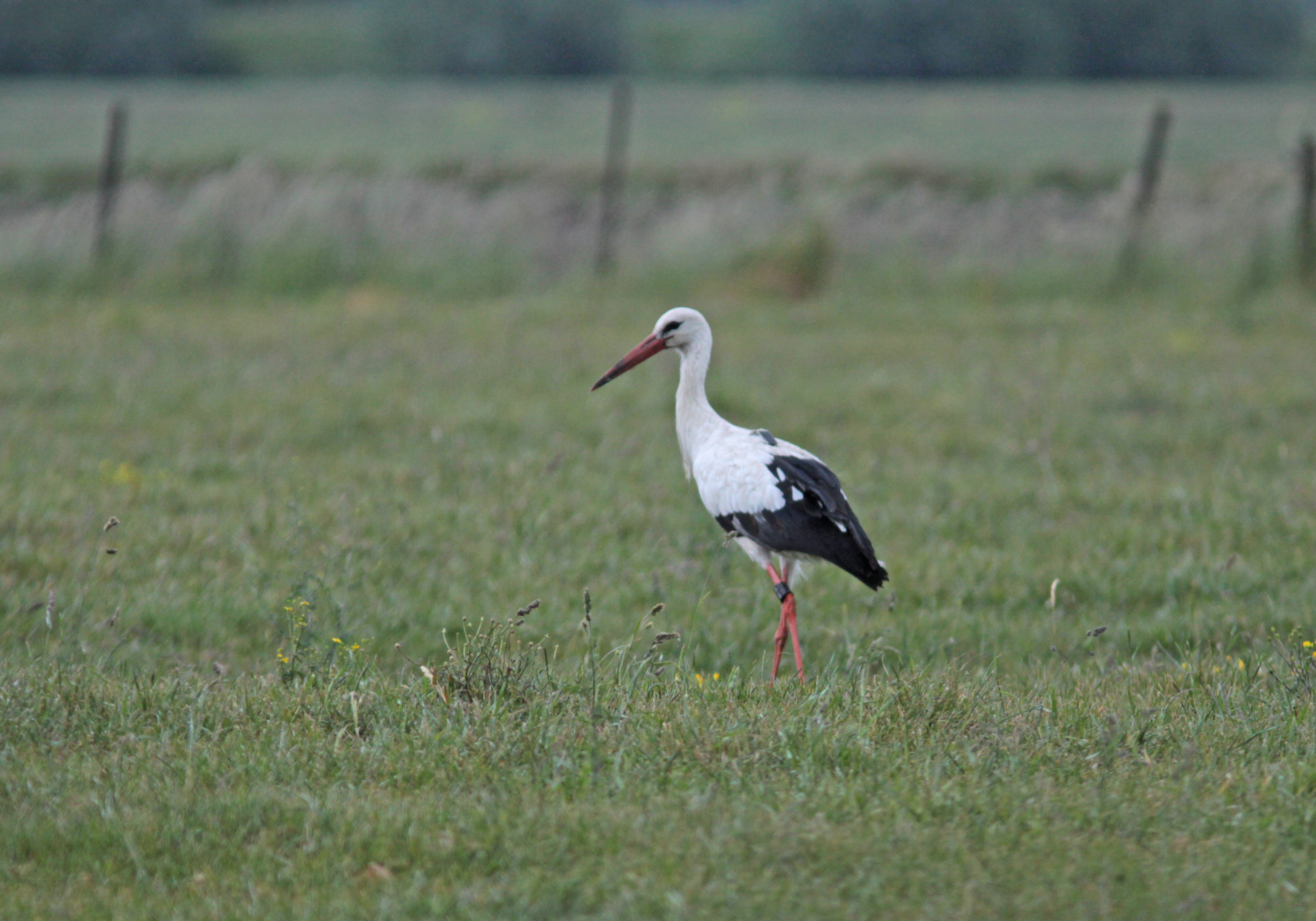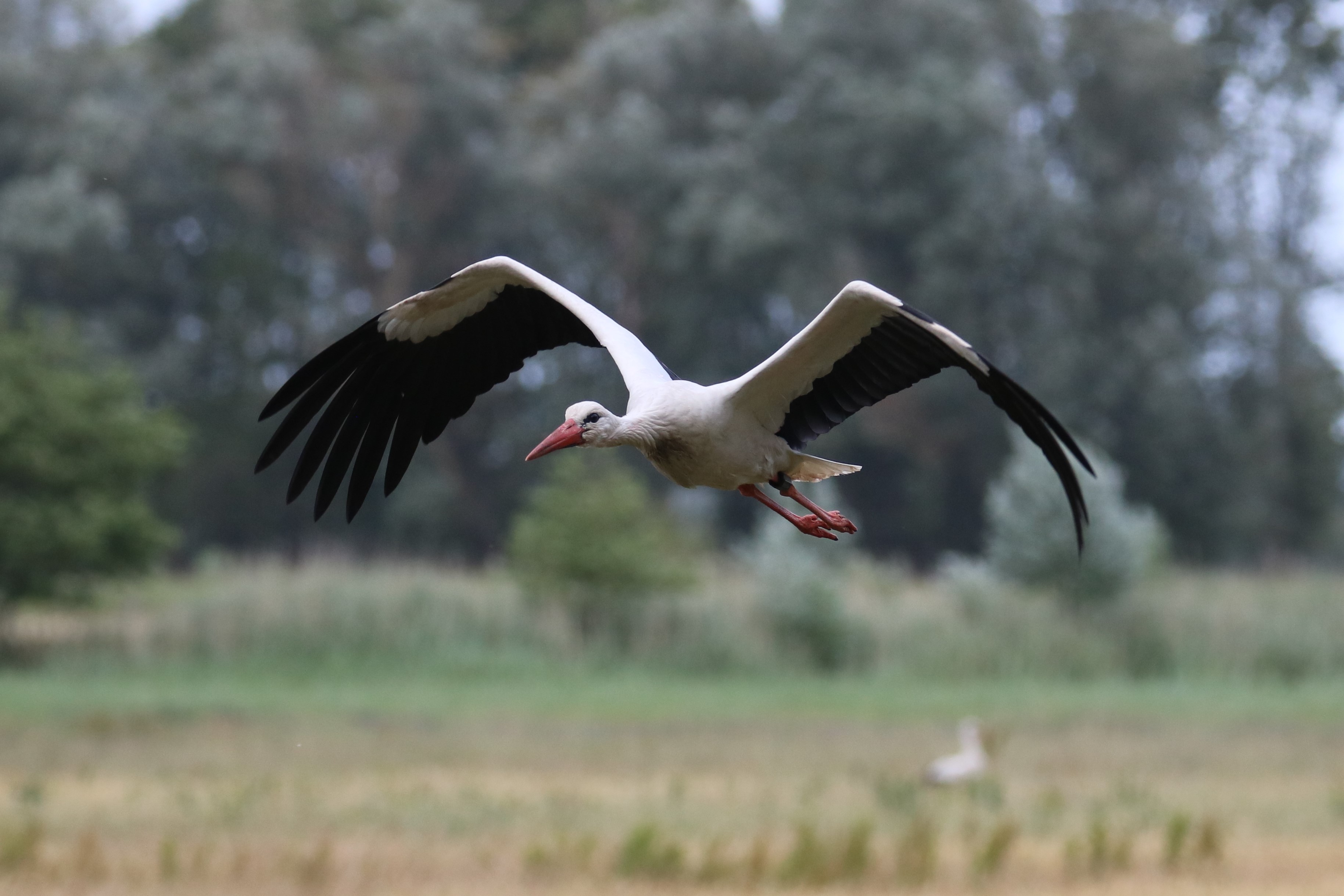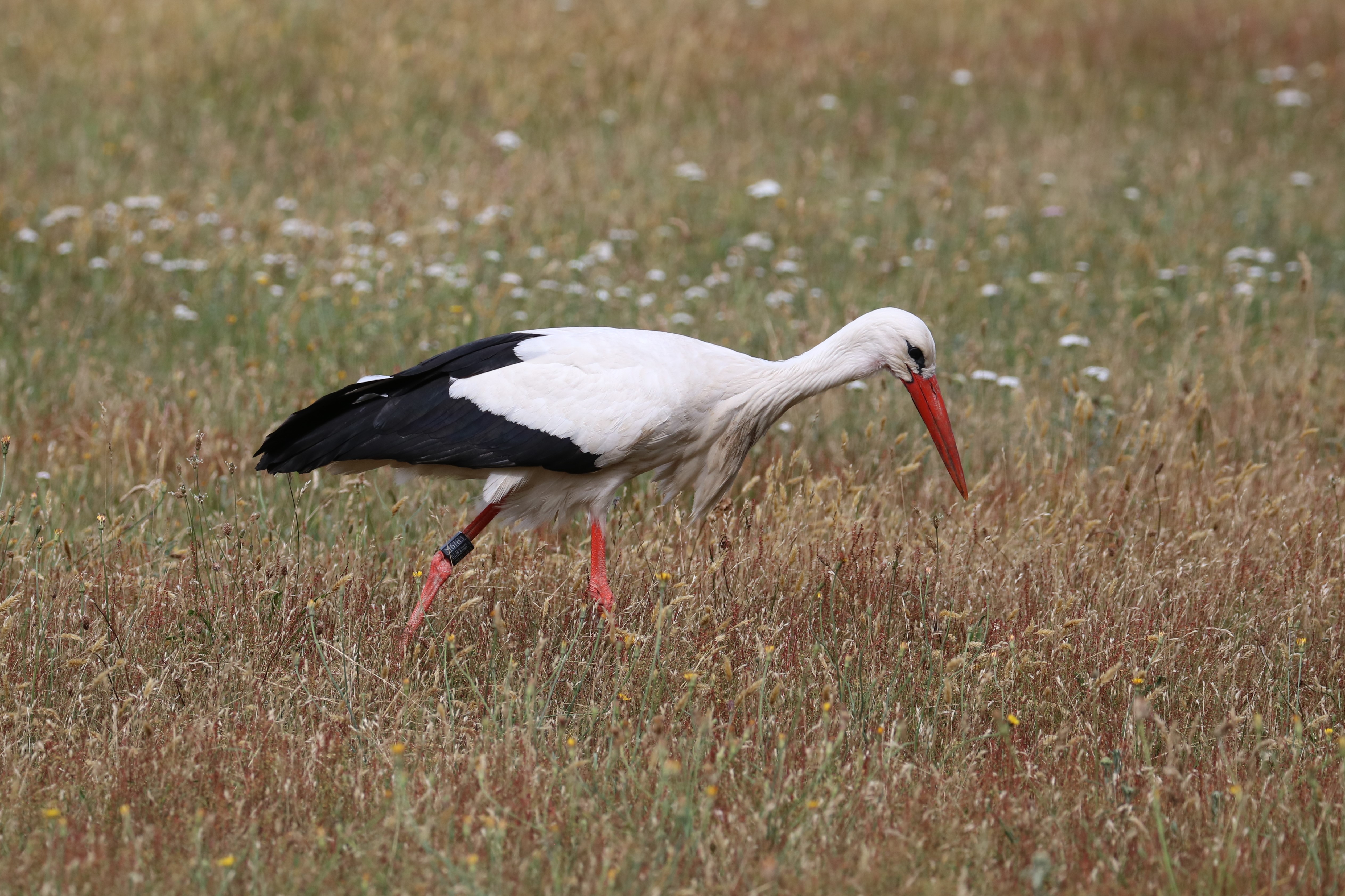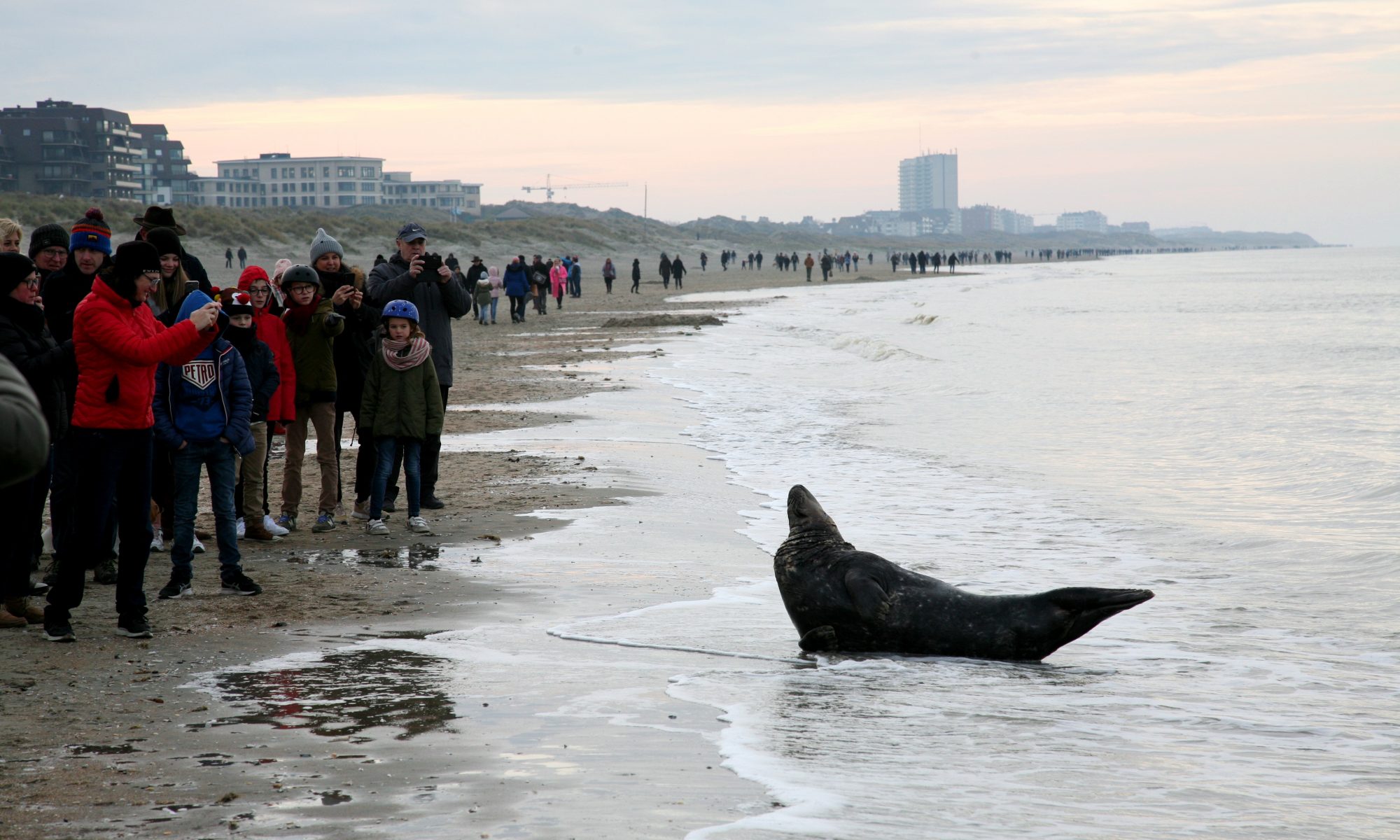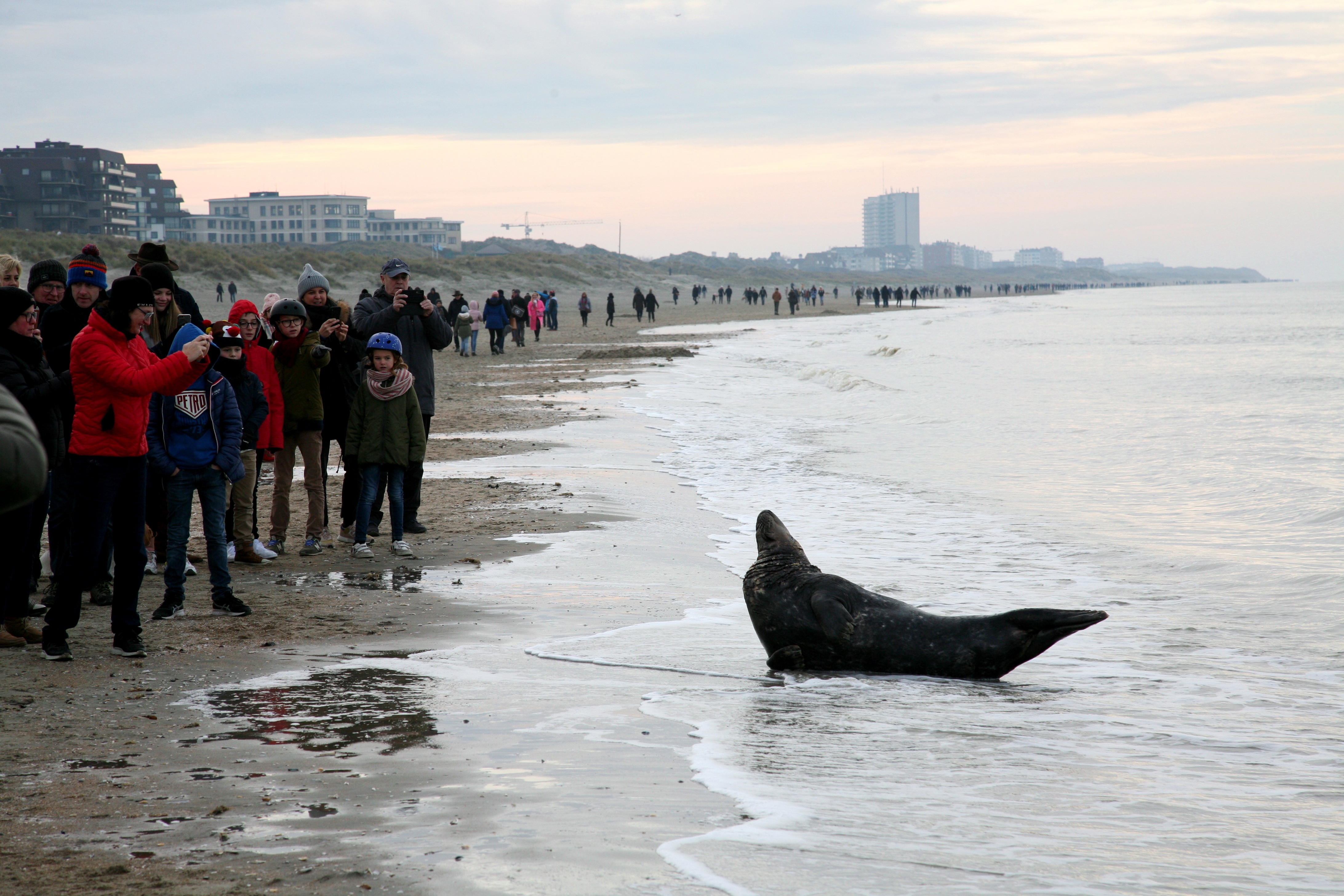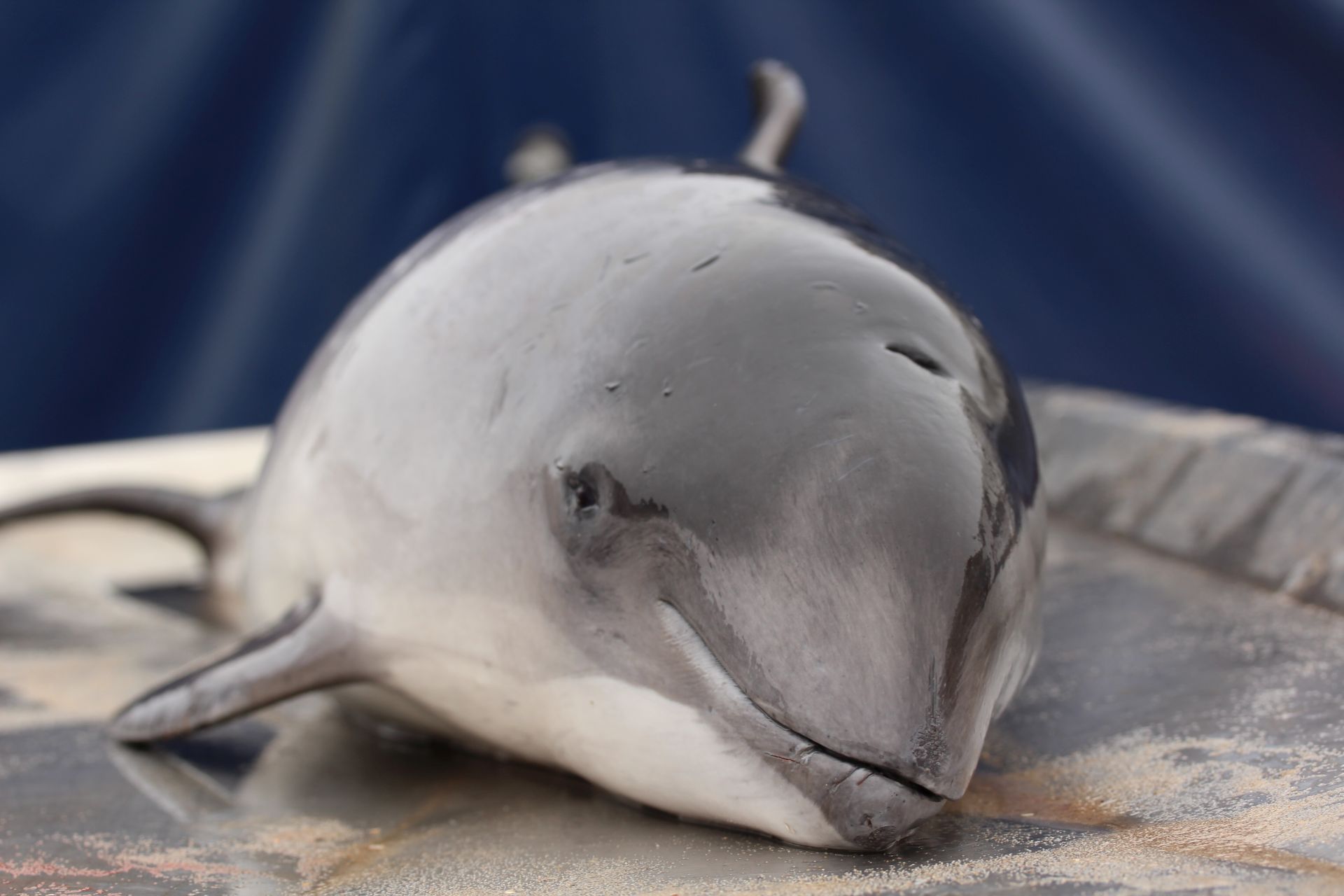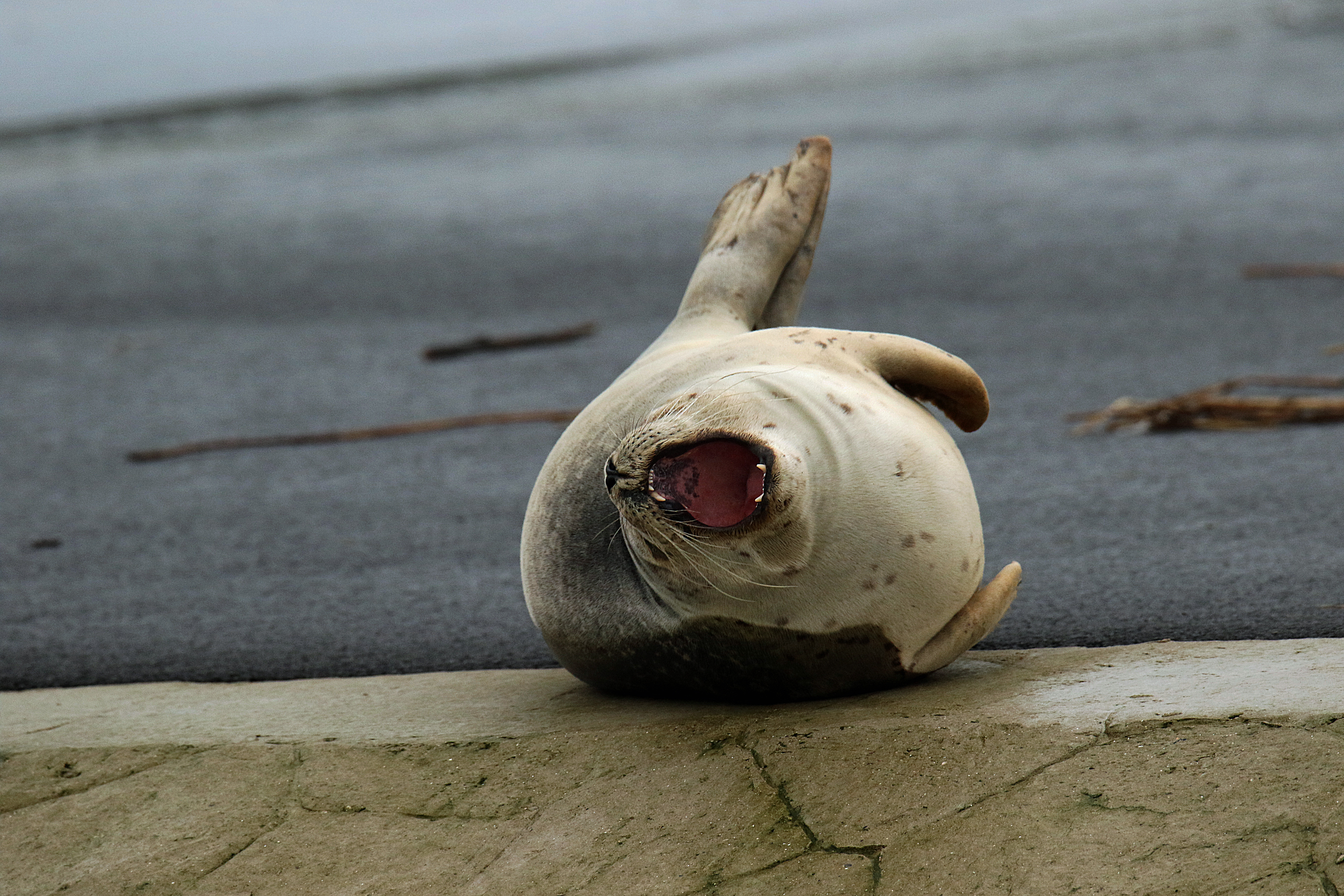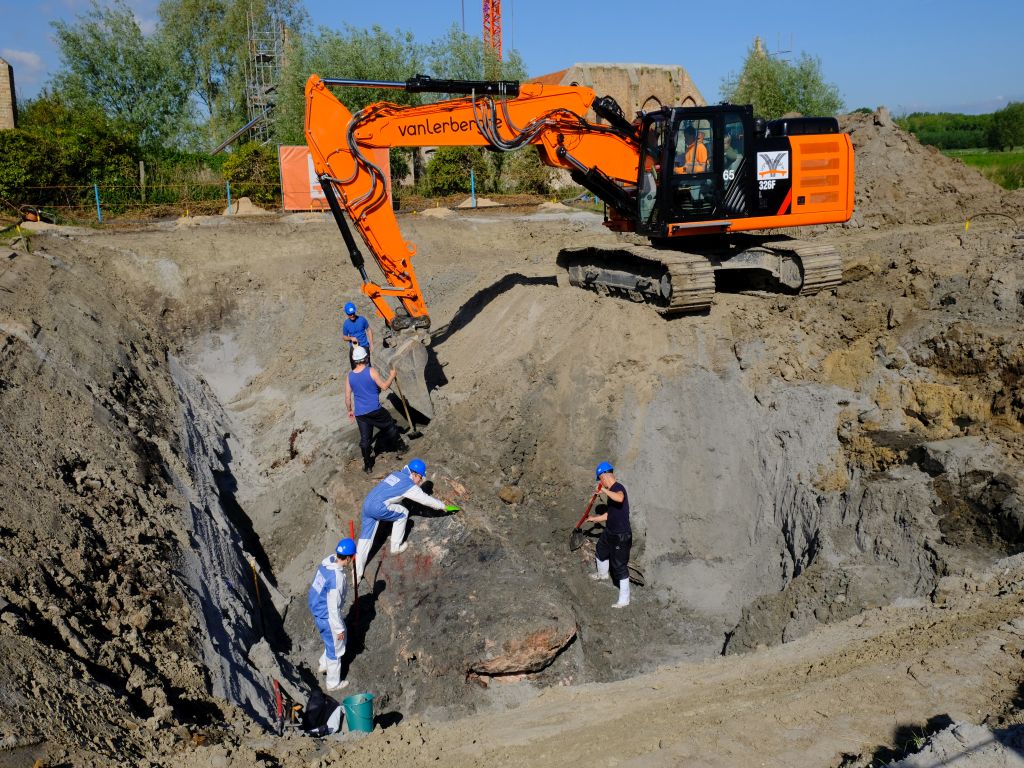Crazy about the ocean? The #EU4Ocean Coalition is launching the #YoungOceanWaves contest: What the ocean means to me. We are looking for cool videos & photos that show your connection to the ocean!
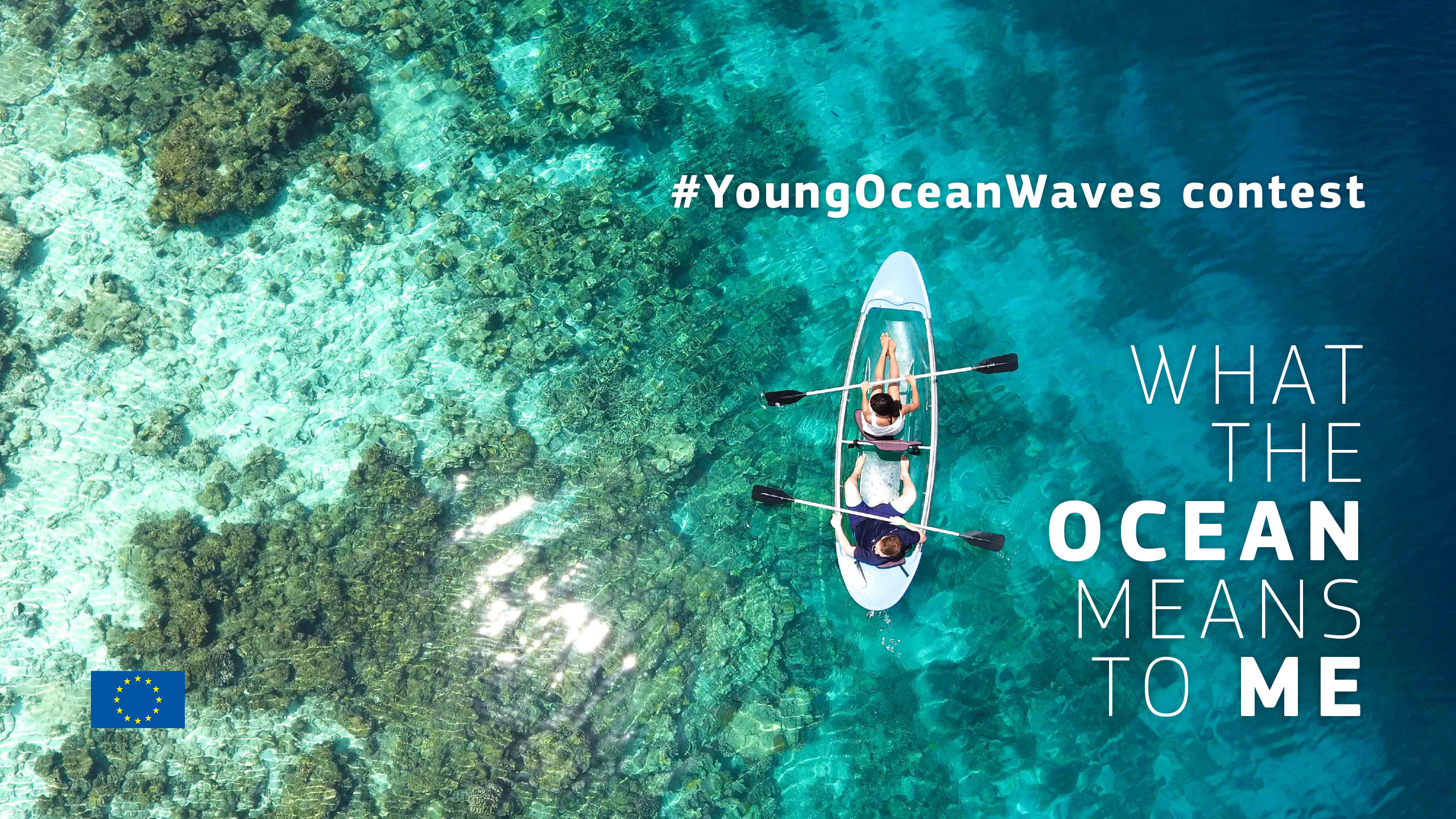
The #YoungOceanWaves contest, promoted by the Directorate-General for Maritime Affairs and Fisheries (DG MARE) of the European Commission encourages everybody – especially young people – to show what the ocean means for them: Marvelous colours and living creatures? Fun? Sports? Crazy or relaxed adventures? Delicious food or jobs?
Join the #YoungOceanWaves contest and show your connection to the ocean!
How does it work?
The contest runs from 14 July to 18 August 2020, midnight.
To take part in the competition, just follow these steps:
- Share a (maximum) 30-second video or a photo on your public Instagram account, showing what the ocean means to you.
- Use the required hashtag #YoungOceanWaves in your post.
- Feel free to add #EU4Ocean and #Youth4Ocean in your post.
- Be creative! If you make videos, feel free to express yourself as you like: choose a subject… or be the subject! Move, dance, sing, play, draw, paint, make collages, build something, recite a poem, or perform. Alternatively, if you post a picture, feel free to use filters, effects, collages, etc.
Winners will be chosen by a Jury Panel that will award amazing prizes!
Check the participation rules below.
Eligibility criteria
- You must be at least 18 years old and have a public Instagram account to take part in the contest.
- You can only enter as an individual.
- Whe sharing your video or photo, the use of the #YoungOceanWaves hashtag in your post is compulsory to take part in the contest.
- Any language can be used in the video. Video entries not submitted in English must be accompanied by subtitles in English to guarantee wide understanding. Photos that include non-English text must be accompanied by a translation into English as well
- Only one submission is allowed per participant. Multiple submissions will not be considered.
- Posts on Instagram Stories are NOT allowed.
- Re-posts of older posts are considered as long as they are published between 14th July and 18th August 2020. Older posts for which the hashtag is only added in the description text afterward will not be evaluated.
- Entries shall not infringe intellectual property rights of third parties or image rights (See Terms & Conditions below)
Contest specifications
- The video must not exceed 30 seconds in length. Any submitted entry of a longer length will not be considered. No specifications are provided for photos.
- The video can be in any format (i.e. Animation, documentary, music video, dynamic infographic, etc.) and you can choose from various possibilities (i.e.: a video with no dialogue, video using simple verbal expressions, video using a multi-lingual dialogue; a video with voiceover, film using subtitling, etc.). The same rule applies to the photos (i.e.: with text, with no text, etc.).
- Any language can be used in the video. Video entries not submitted in English must be accompanied by subtitles in English to guarantee wide understanding. Photos that include non-English text must be accompanied by a translation into English as well.
- The video should not have any inappropriate content, language, or imagery (no violence, racist comments, pornographic or personal attacks on people or organisations, etc.). The DG MARE Team and Jury Panel reserve the right to disregard those participating videos that we deem to be inappropriate, unlawful, or objectionable.
- Copyrights: Videos/photos realised for the contest shall be original work and shall not infringe any third party’s intellectual property rights such as copyrights, related rights, trademarks, or any privacy rights and image rights. Don’t take images of private persons without their consent. No children should be recognisable in the photo. Several sites have free music available for your video and you should use something that does not have copyright (Free music and sound effects for your video from YouTube). Many websites offer low-cost and free stock footage that you can use for your video (www.pexels.com; www.pixabay.com).
- In case your video/photo is selected for prizes, you will be asked to fill out an online form to a) grant permission to have your name, contribution, biography, and photo on the Maritime Forum website and other online channels of the European Commission, as well as on the online channels of the project partners* managing the contest, and b) confirm that your work does not infringe intellectual property rights of third parties or image rights Failure to fill out the form will result in disqualification from the contest.
- By participating in the contest, you also give consent to the European Commission, to use your photos/videos for their own publicity purposes and communication.
- The organiser reserves the right to change or replace the competition prizes and/or modify the rules and regulations of the competition as and when necessary, without prior notice.
Terms & Conditions
Detailed Terms & Conditions can be found HERE. Please read them carefully.
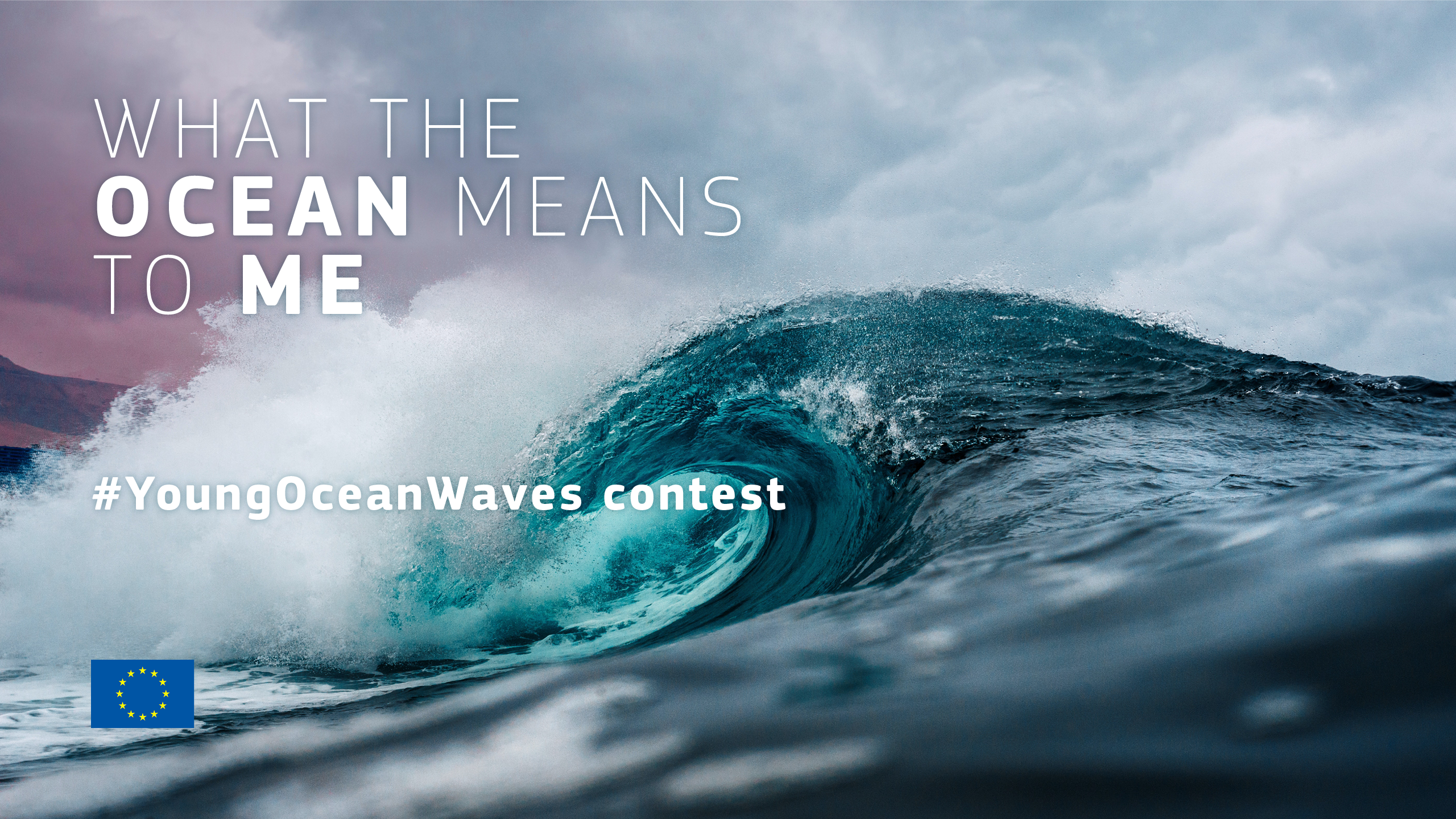
Award criteria
Videos and photos will be judged by multiple juries, against the following criteria:
- Message content (Focus on your connection to the ocean)
- Creativity & originality: Be original, innovative, inspiring, engaging, witty
- Videography interest and quality: the variety of shots, camera angles, sound effects, adequate zooming, lighting, location, the sequence of shots, sound and image quality
- Use of language: take care of grammar, spelling, and clear formulation of messages. Any language is allowed, as long as English subtitles are integrated into the video, and text in English is included in the photo.
Timeline
- 14-18 August: contest running
- 19-20 August: 1st Pre-selection
- 24–27 August 2nd Pre-selection by internal jury
- 1-3 September: Selection of winners from Final Jury
- 7-10 September: Winnaars worden gecontacteerd en inzendingen verzameld
- Rond 15 September: Briefing of the winners
- 24 September: Award of the winners and screening of videos/photos during the EU4Ocean Coalition online workshop
Selectie en jury
- 1st selection: A first screening of the entries will be made by the EU4Ocean project internal team. This selection disqualifies the entries that do not meet the eligibility & minimum award criteria
- 2nd selection: A shortlist of the 20 best photos and videos will be made by an internal jury panel composed of members of the EU4Ocean project
- Final selection: 3 winners and 7 finalists will be selected by a high-level Jury Panel (description of jury members)
Prizes
Winning videos/photos will be featured on the Youth4Ocean Forum website, be rewarded at the virtual event that will take place on 24 – 25 September and receive a certificate.
1st prize: A GoPro camera
2nd prize: A 1-year online subscription to National Geographic
3rd prize: Goodie bag from the Nausicaā Centre National de la Mer aquarium
From 4th to 10th place: Participants will win a 20€ value voucher
Contacts
Communication: Check your Instagram message box regularly. If you win, we will contact you via private message. (Note: If someone you are not following sends you a message, that message will appear in your inbox as a request. To accept or reject the message, swipe left (iOS) or tap and hold (Android) on the message.
You may always reach us with questions: youngoceanwaves@ecologic.eu
Send a message or add a comment
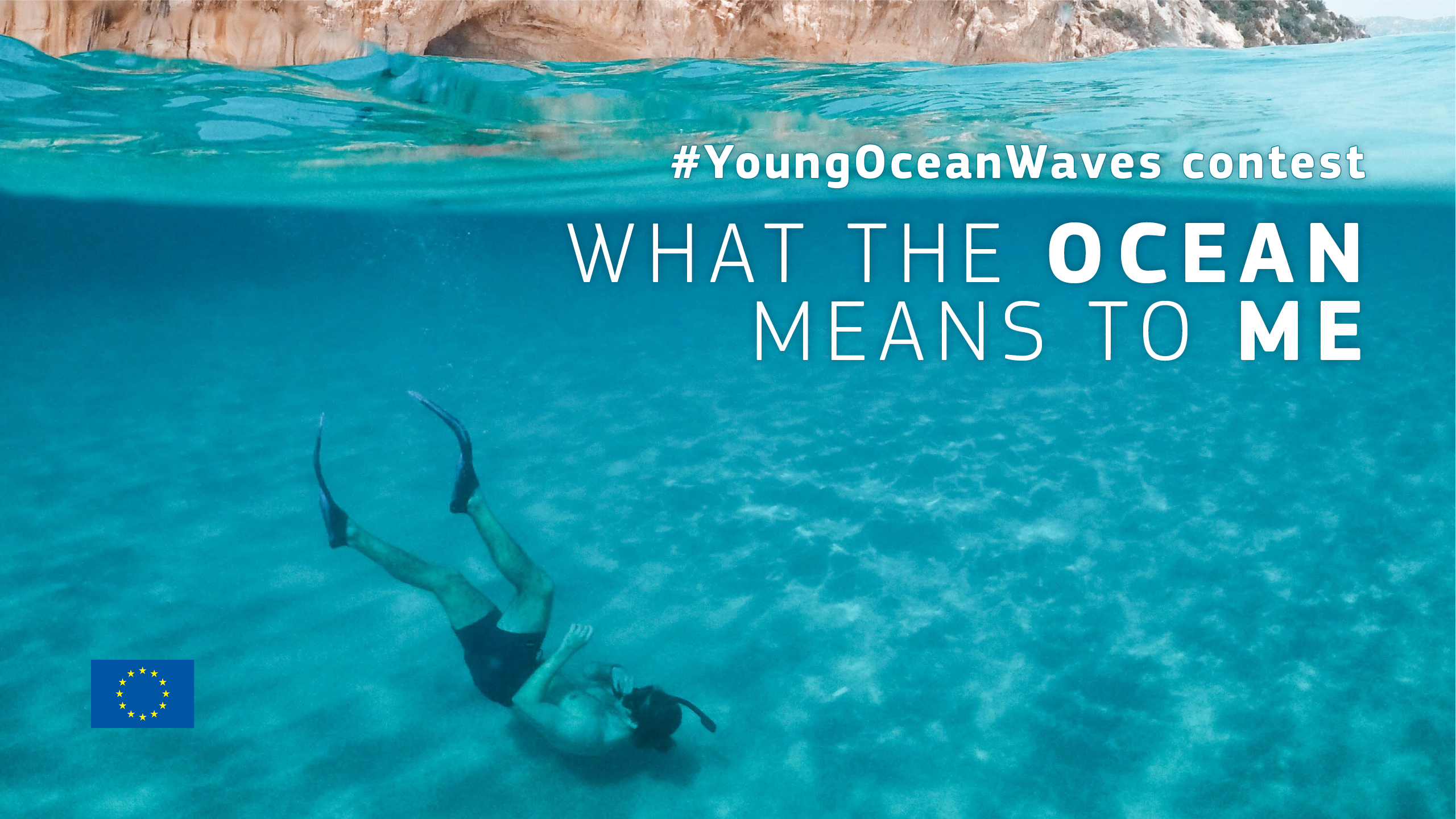
*EU4Ocean is a project funded by the European Commission and implemented by a consortium of 12 partners across Europe, which includes: ACTeon (coordinator, France), Seascape Belgium (Secretariat of the European Marine Observation and Data Network and the European Atlas of the Seas, Belgium), the European Marine Board (EMB, Belgium), Nausicaá-National Sea Centre (France), the World Ocean Network (WON, France), Ciência Viva (Portugal), the European Marine Science Educators Association (EMSEA, Belgium), Ecologic Institute (Germany), the European Centre for Information on Marine Science and Technology (EurOcean, Portugal), Secretariat of Submariners (S.Pro, Germany), MARE Nostrum (Romania), European Schoolnet (Belgium), and Farah Obaidullah (Independent Ocean Advocate & Founder Women4Oceans, The Netherlands).
The Royal Belgian Institute of Natural Sciences is a founding member of the EU4Ocean Platform, one of the three key components of the EU4Ocean coalition.

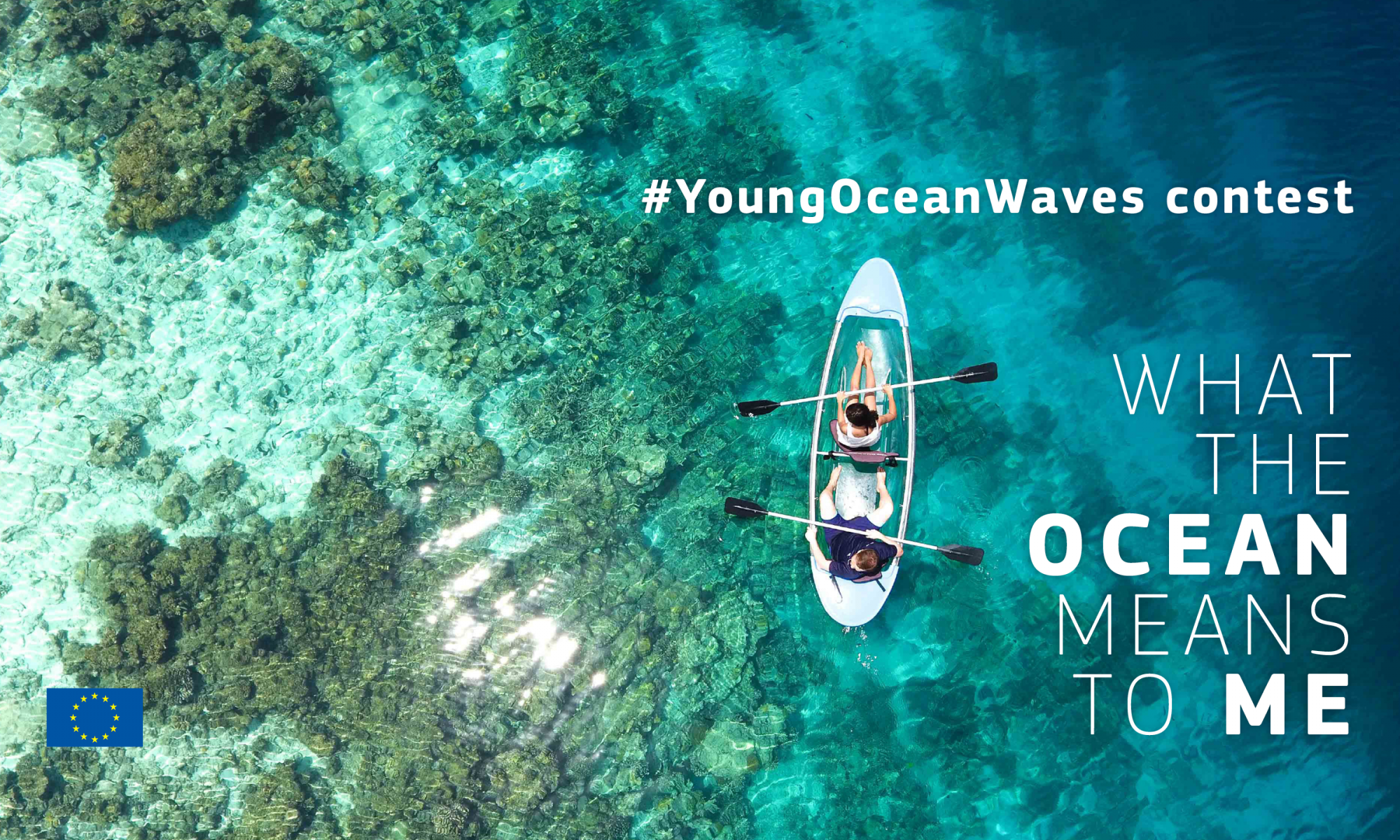
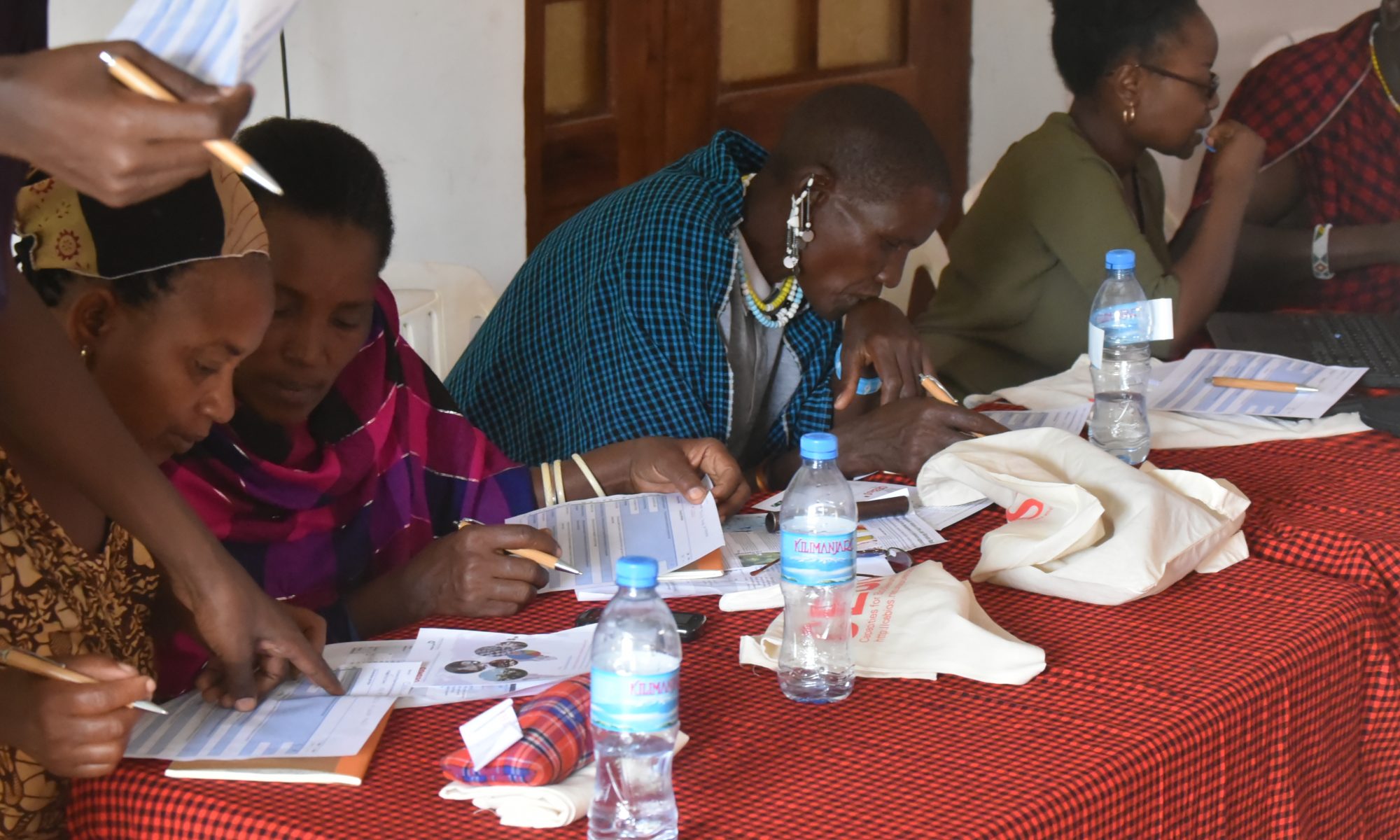
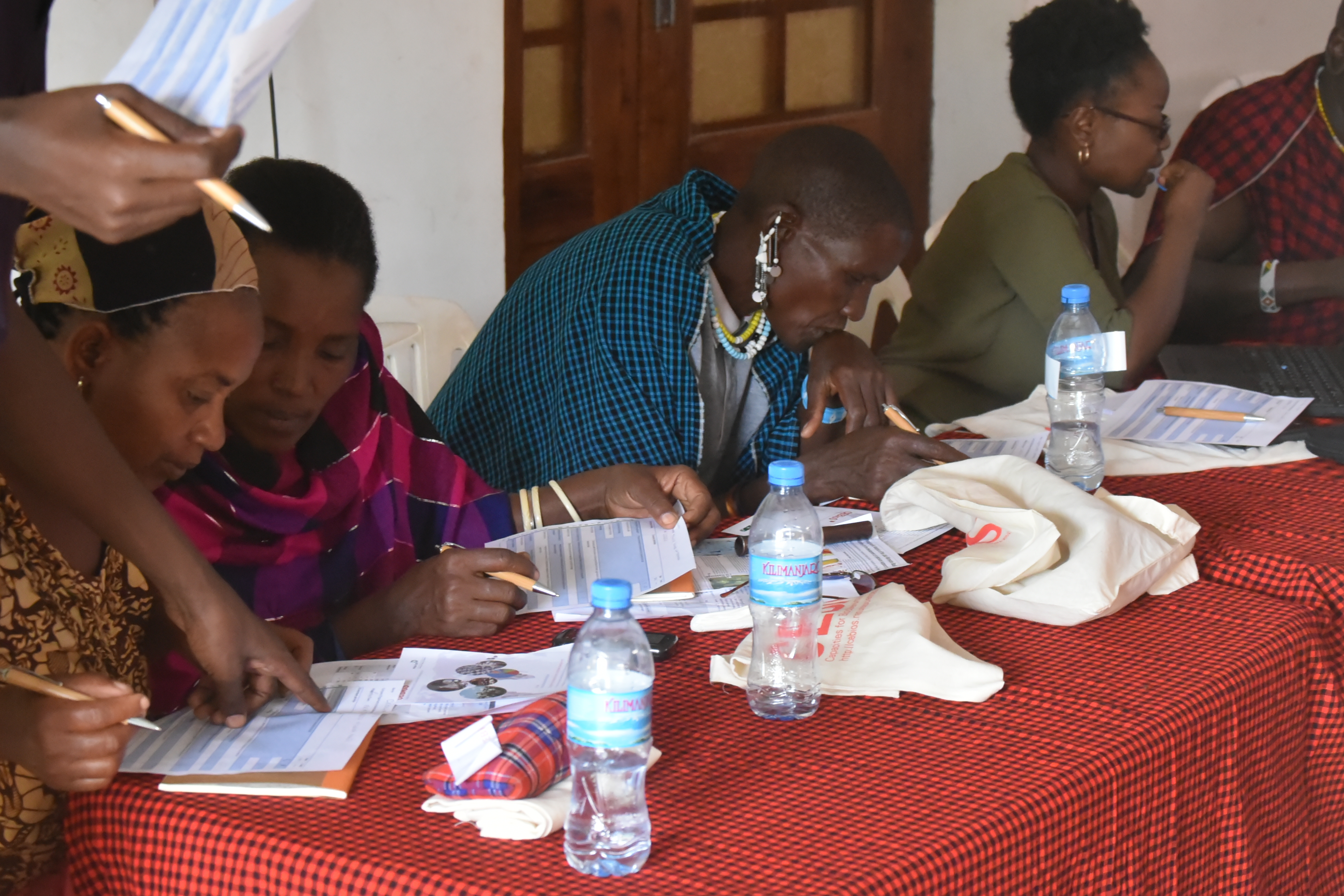
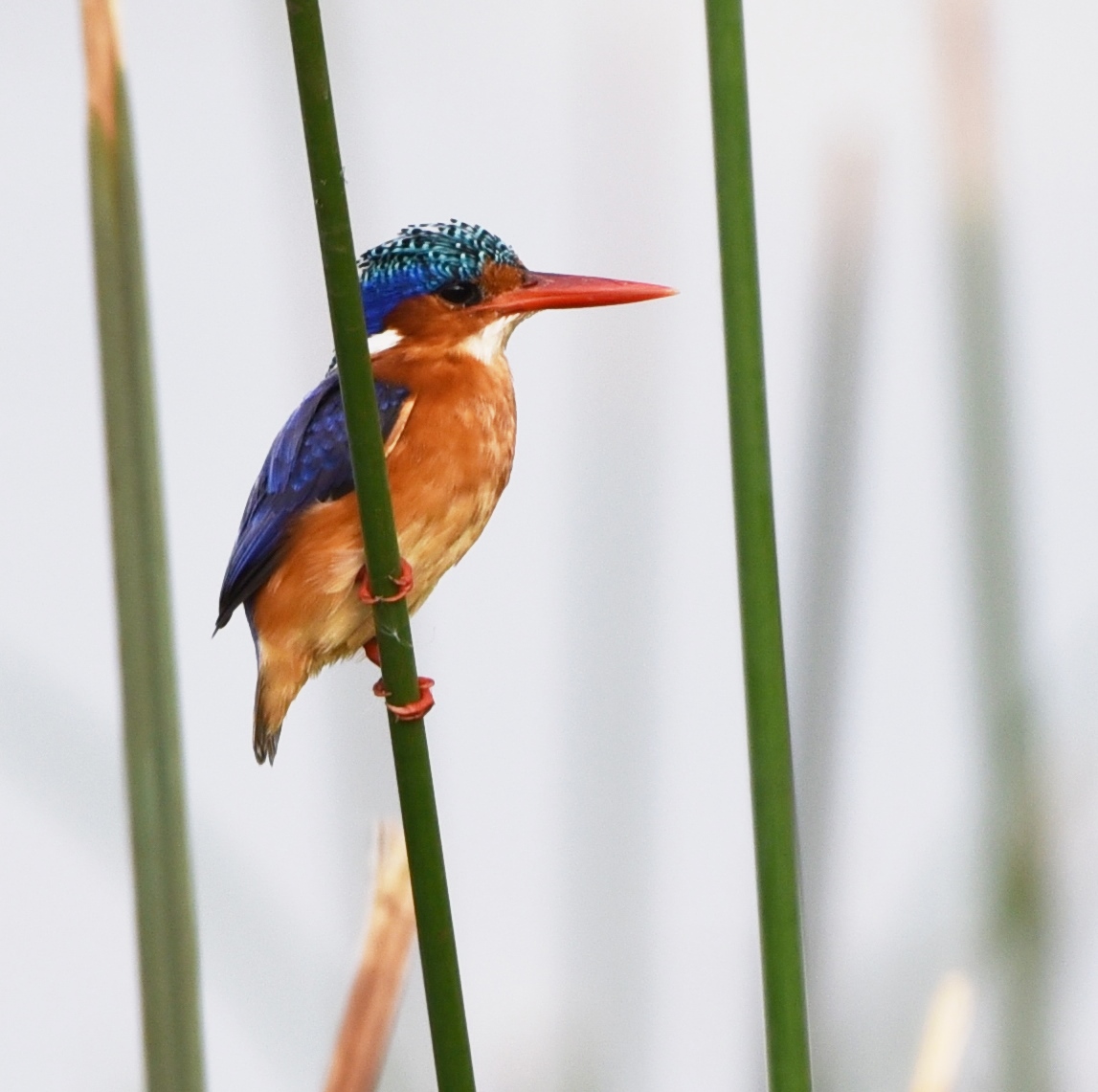
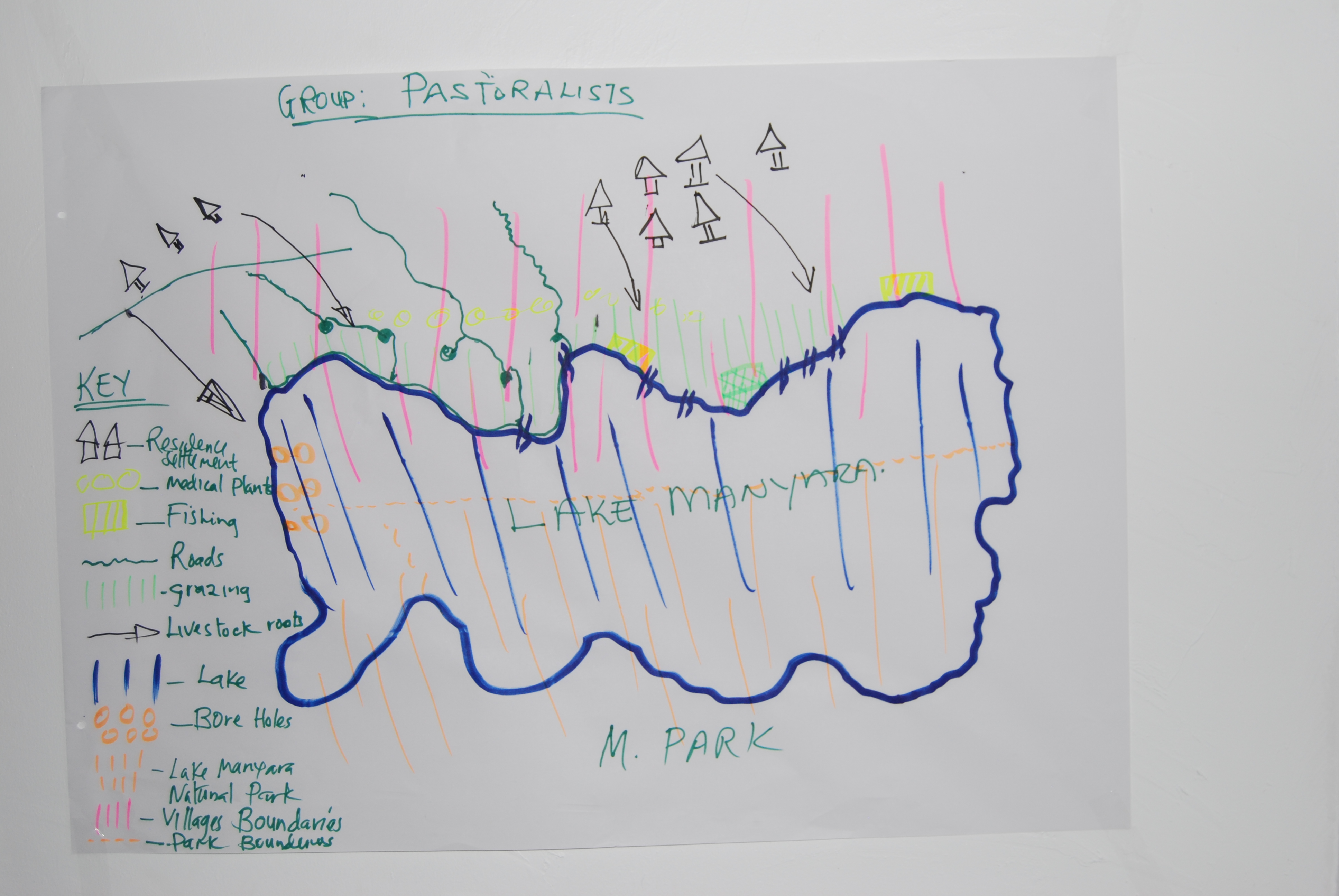
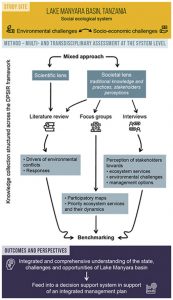 The challenge for scientists and managers lies in reconciling the needs of the local population with the need for the protection of biodiversity. The research that was conveyed in order to identify key actions for the development of the Lake Manyara Basin suggests a unique plural and multifocal approach. This was the outcome of two participative workshops in December 2015 and 2016 that gathered 40 participants and 13 structures from several scientific disciplines, NGOs, local user groups and managers. Together, the participants identified 12 issues which have to be addressed: demographical factors, siltation, erosion, river dry-up, deforestation, destruction of water sources, human activities near the lake, water capture before the water reaches the lake, heavy rainfall causing erosion, evaporation, trampling and grazing. Subsequently, a decision support system in service of an integrated management plan was suggested. The results were published in the
The challenge for scientists and managers lies in reconciling the needs of the local population with the need for the protection of biodiversity. The research that was conveyed in order to identify key actions for the development of the Lake Manyara Basin suggests a unique plural and multifocal approach. This was the outcome of two participative workshops in December 2015 and 2016 that gathered 40 participants and 13 structures from several scientific disciplines, NGOs, local user groups and managers. Together, the participants identified 12 issues which have to be addressed: demographical factors, siltation, erosion, river dry-up, deforestation, destruction of water sources, human activities near the lake, water capture before the water reaches the lake, heavy rainfall causing erosion, evaporation, trampling and grazing. Subsequently, a decision support system in service of an integrated management plan was suggested. The results were published in the 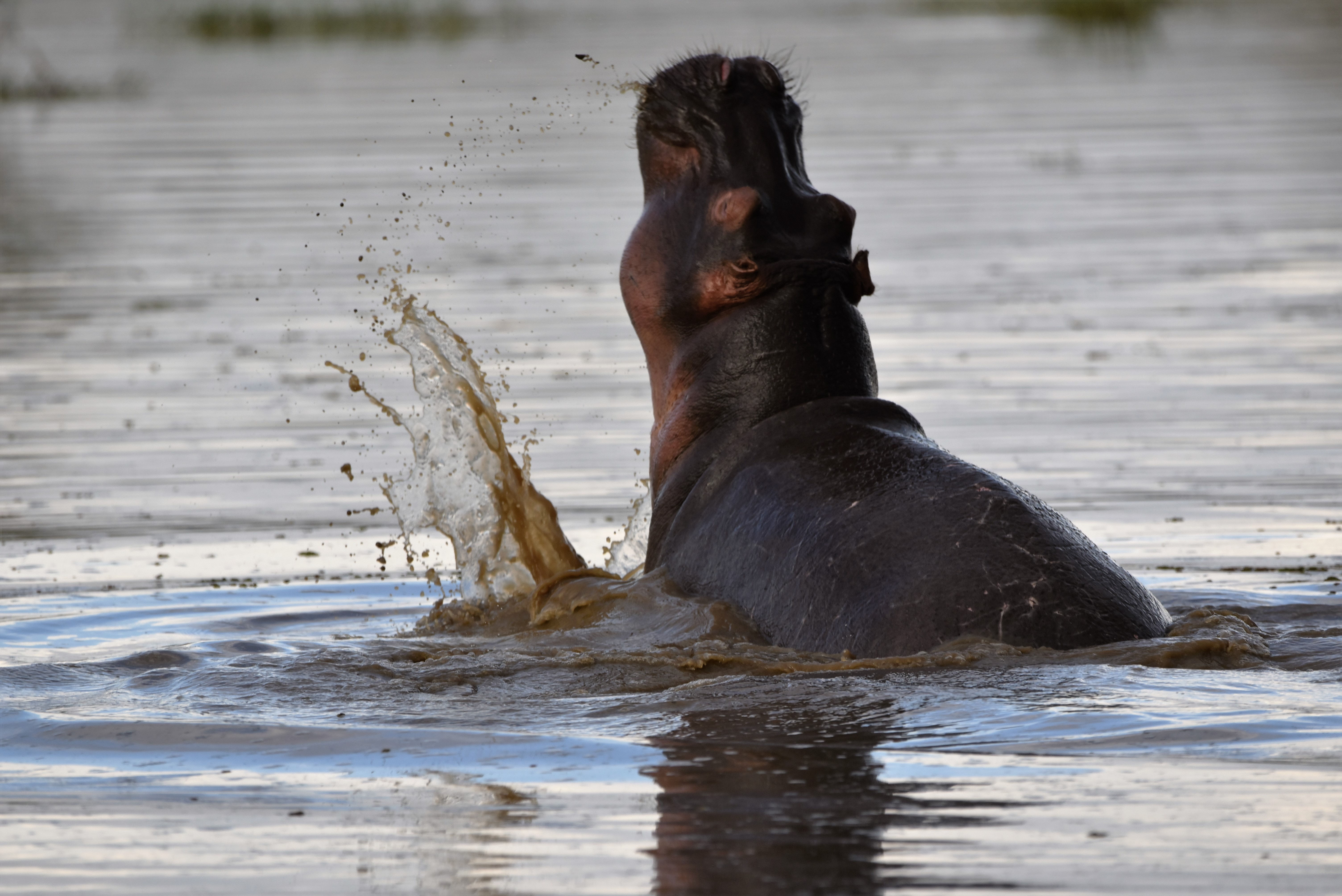
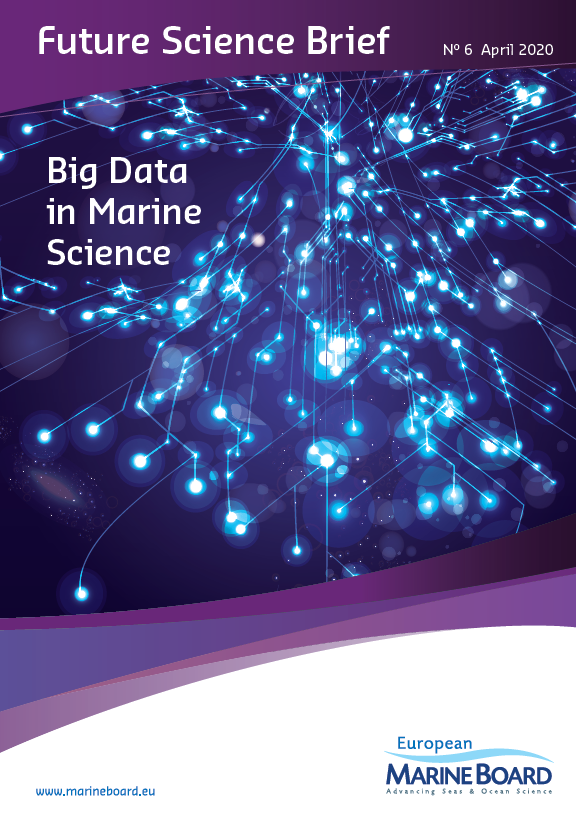
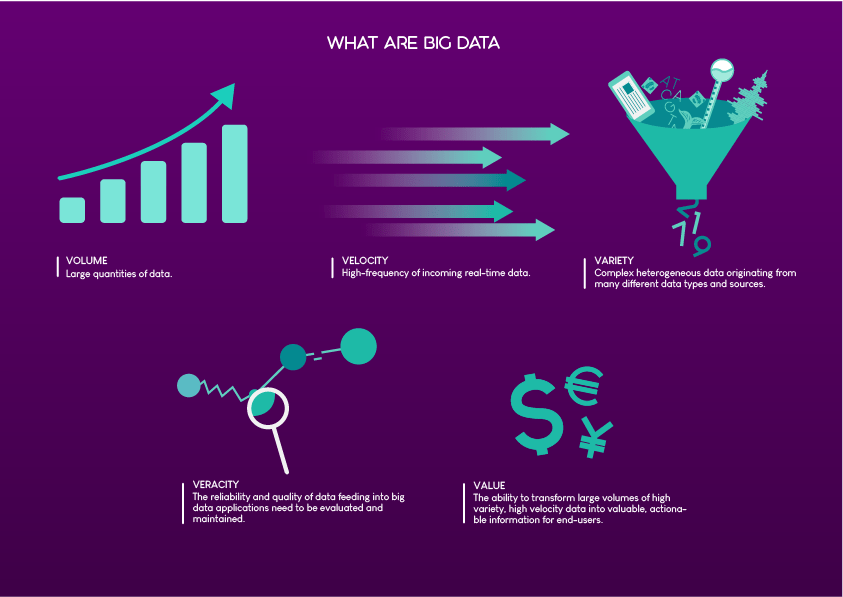
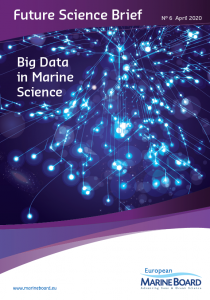 The European Marine Board’s (EMB) 6th
The European Marine Board’s (EMB) 6th 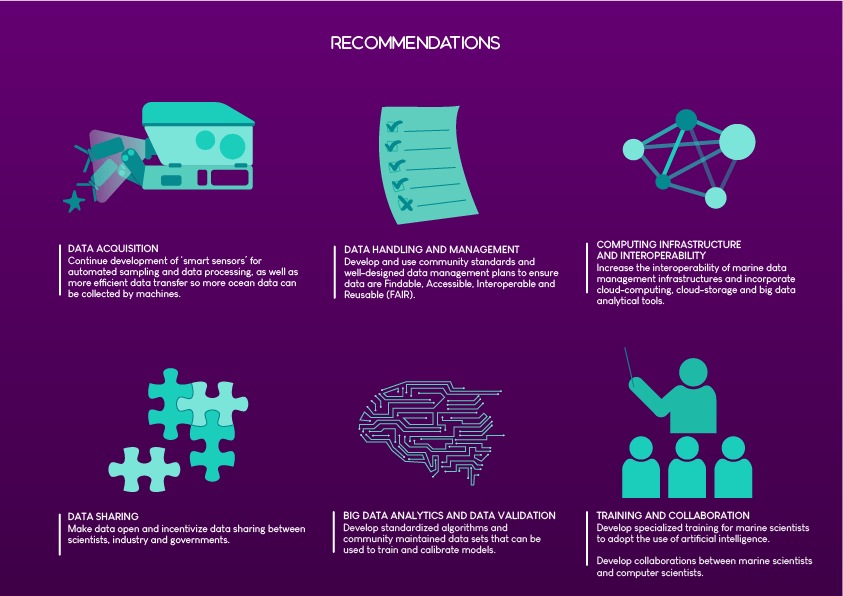
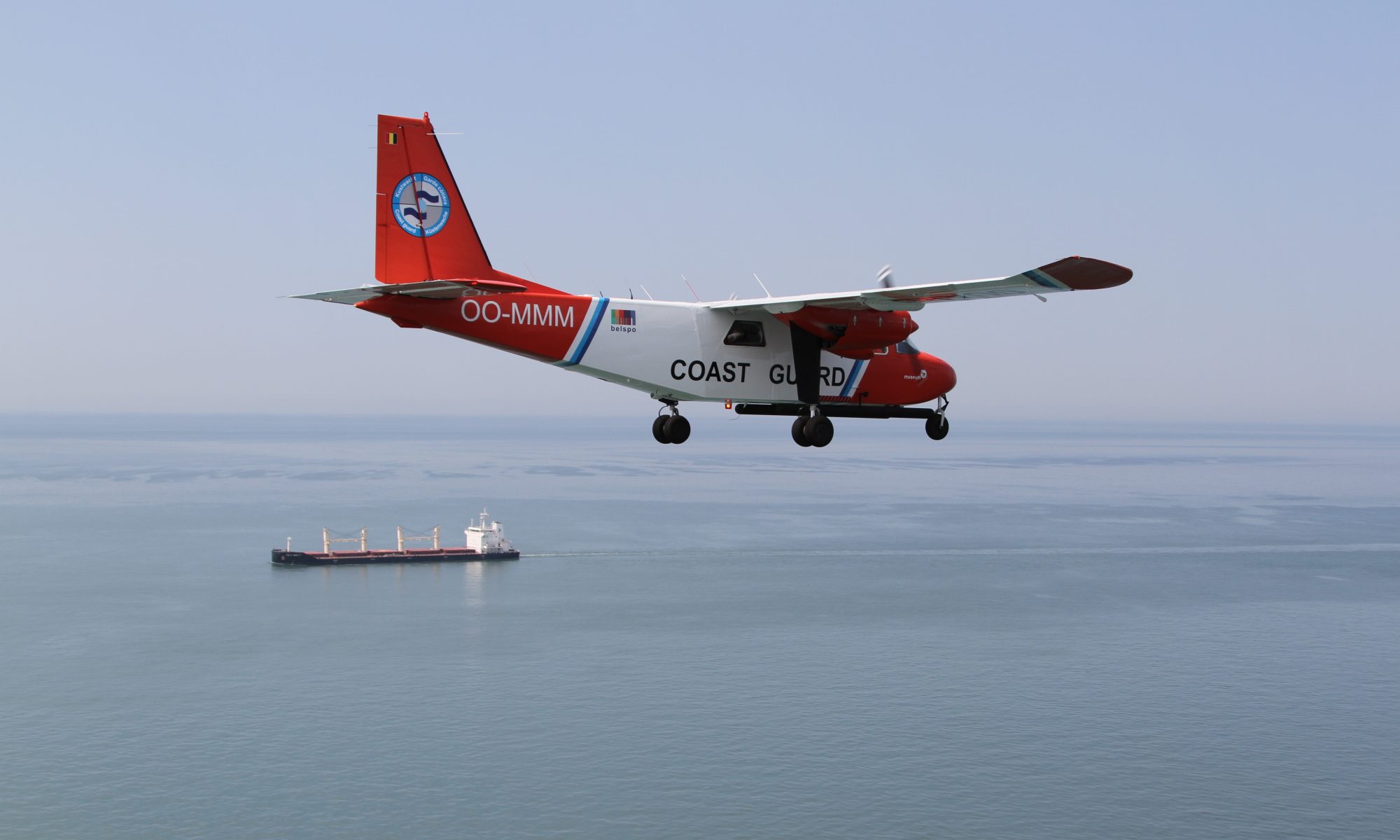
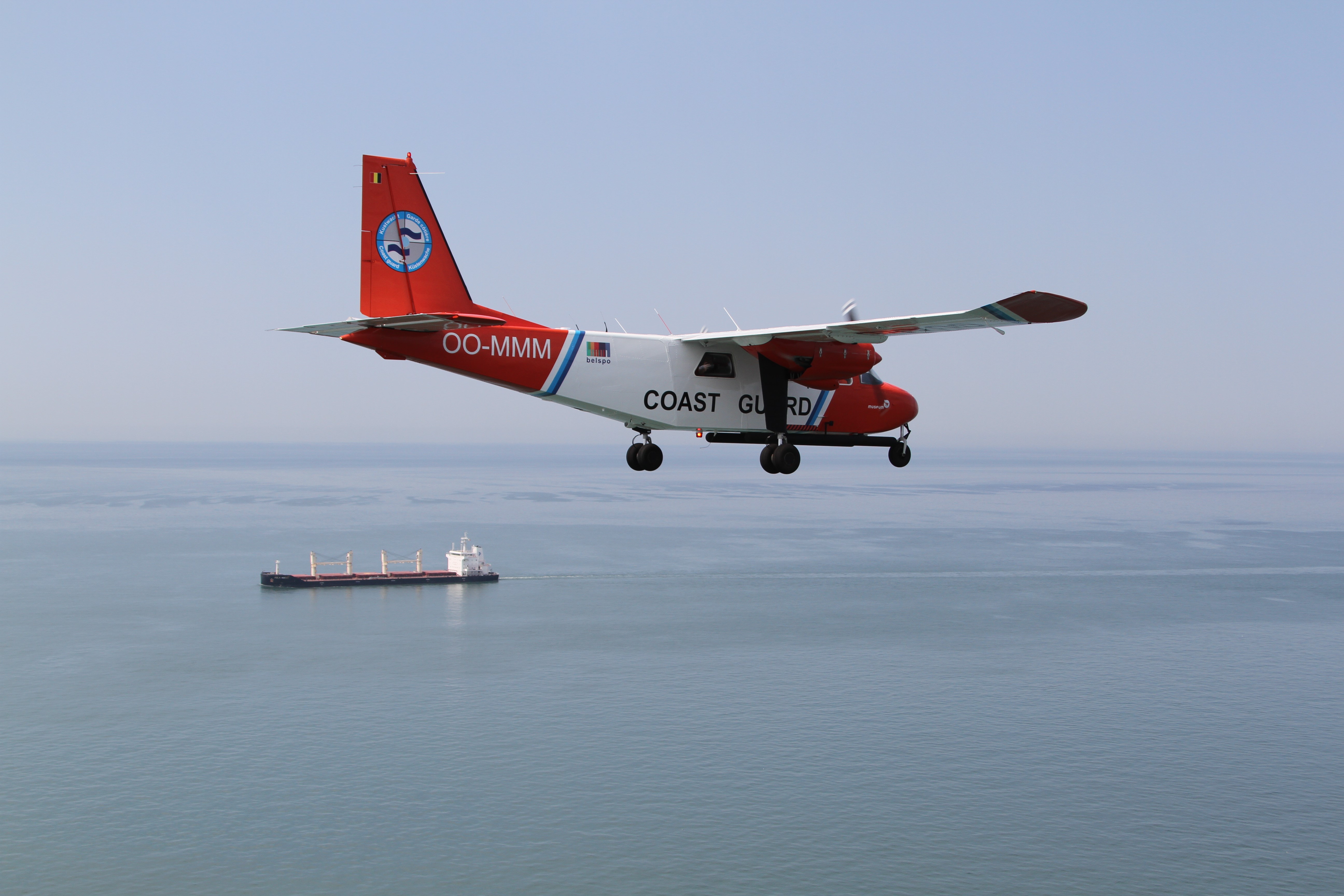
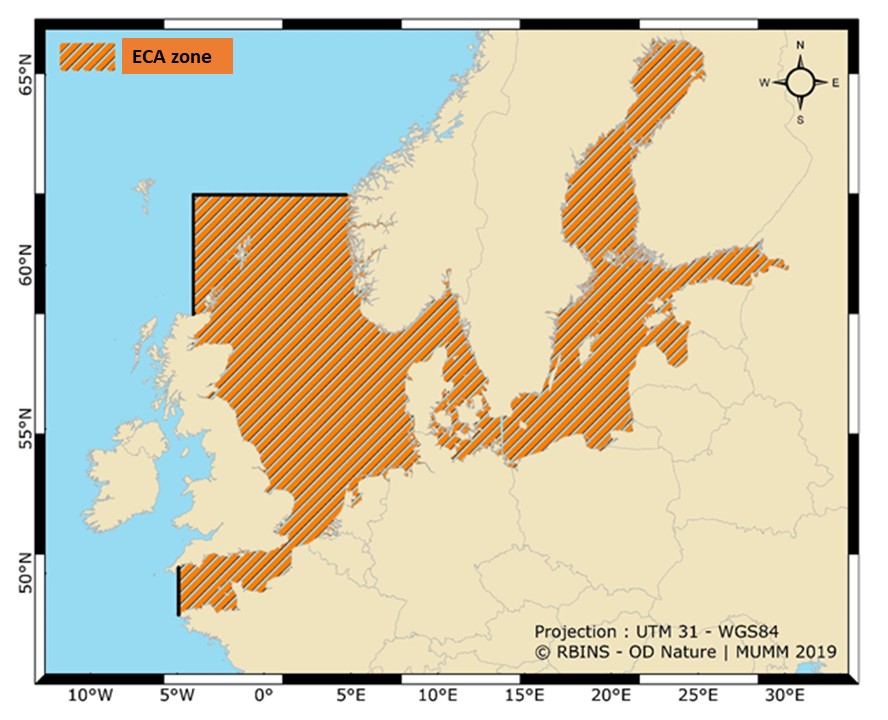
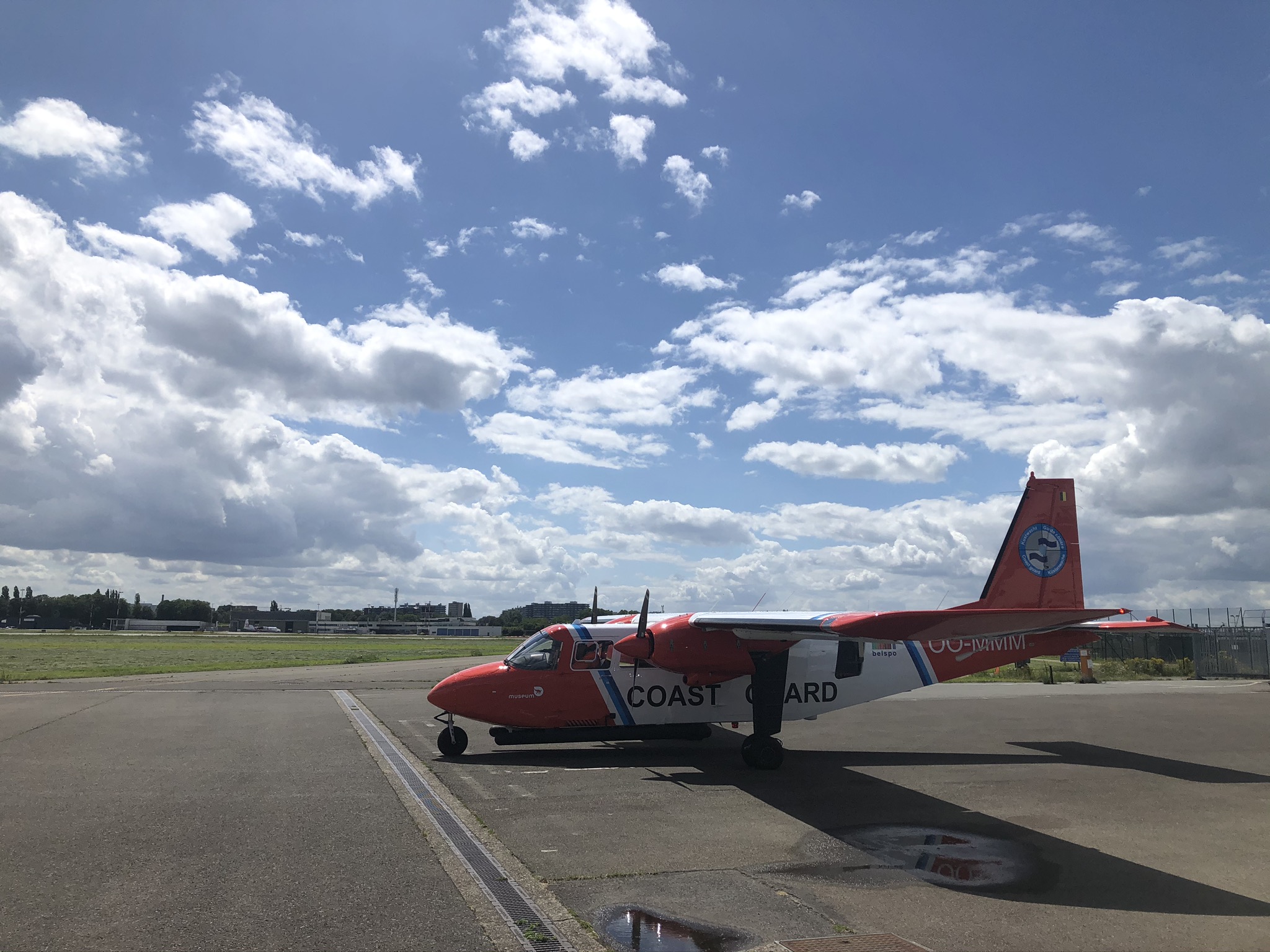
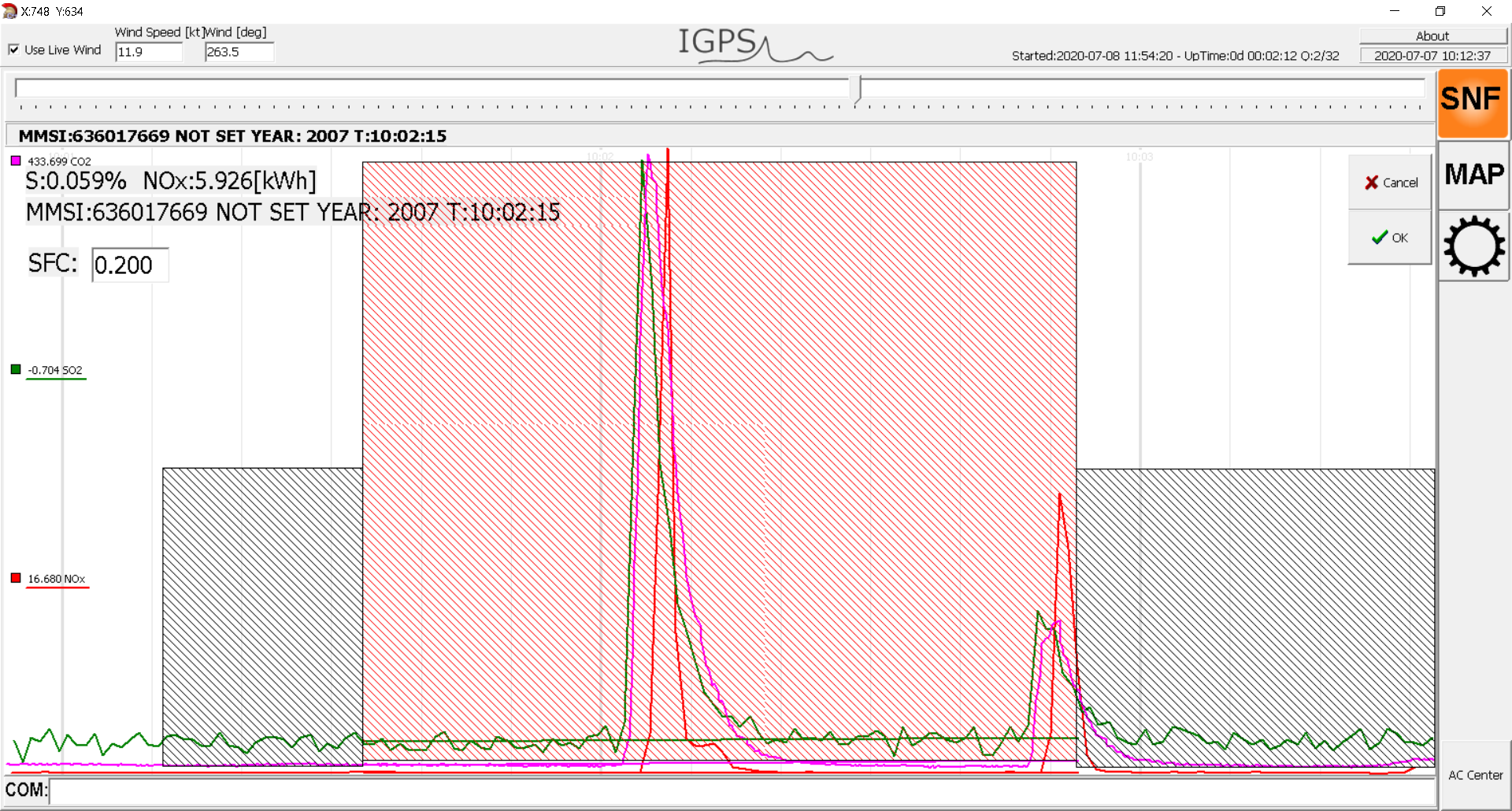
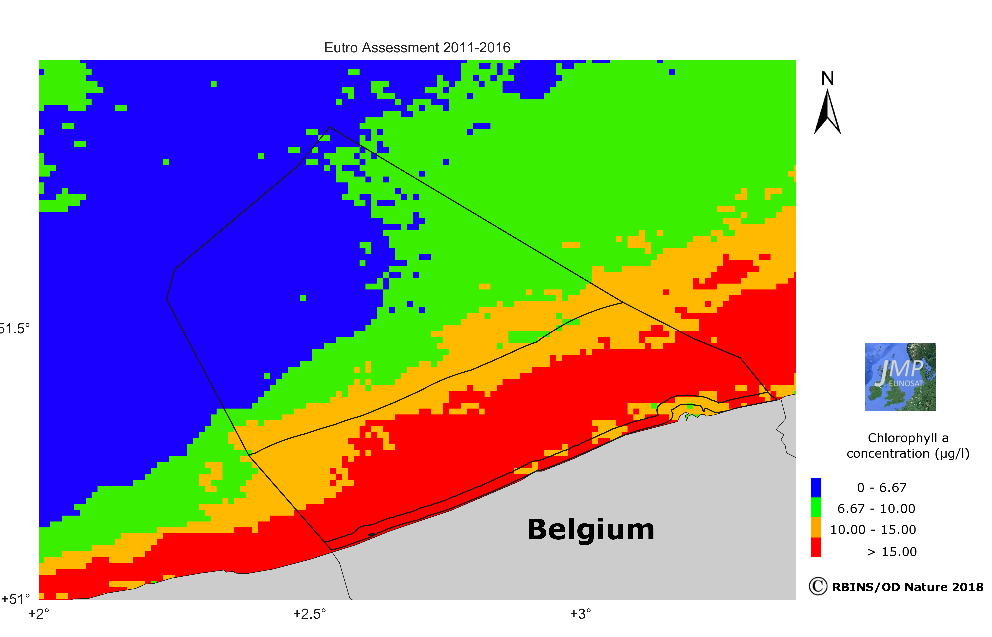
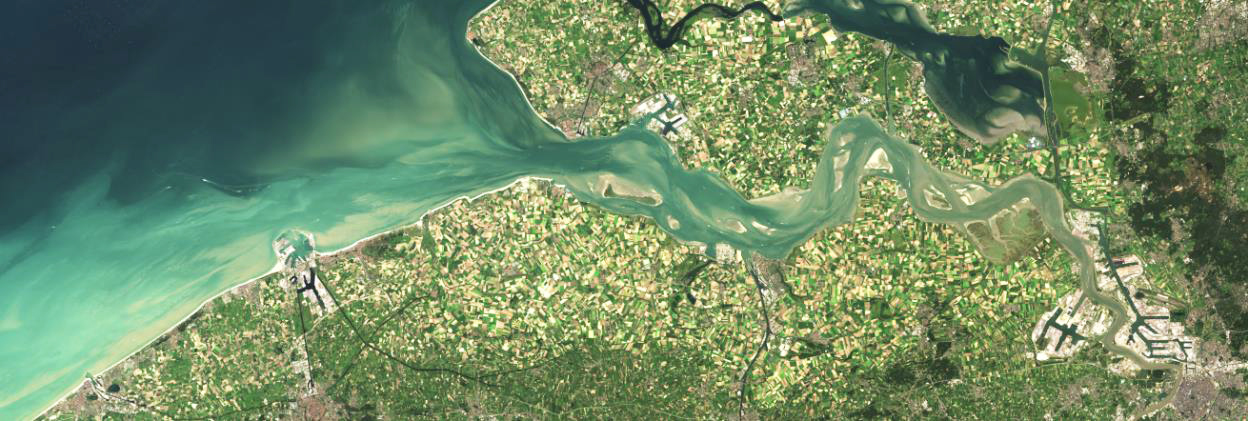
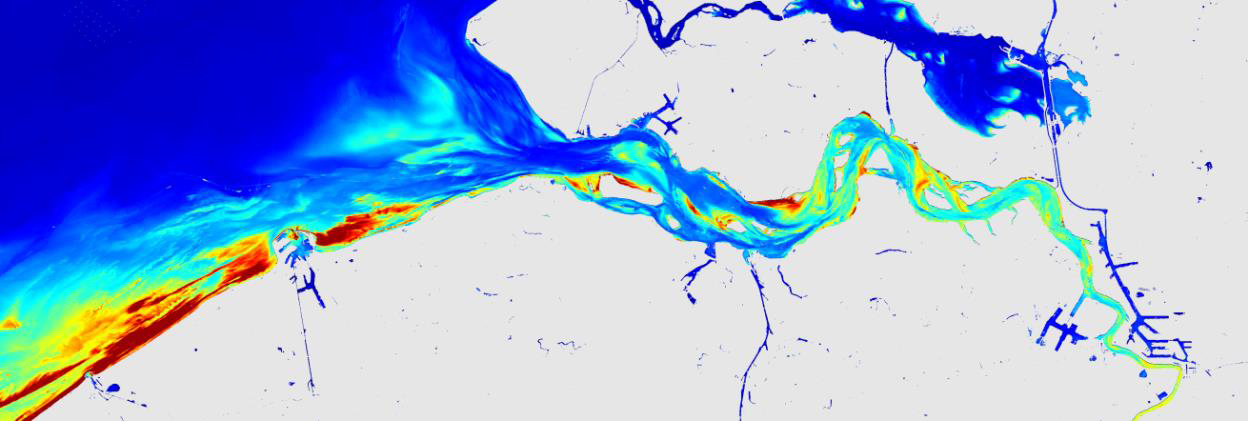
 Sentinel-2 image in true colours of the study area (10 m resolution) and Suspended Particulate Matter product (SPM)
Sentinel-2 image in true colours of the study area (10 m resolution) and Suspended Particulate Matter product (SPM)
 Sentinel-2 image of May 1st, 2016 (true colour image on top, and chlorophyll-a product below) showing a near-shore algal bloom near Ostend
Sentinel-2 image of May 1st, 2016 (true colour image on top, and chlorophyll-a product below) showing a near-shore algal bloom near Ostend